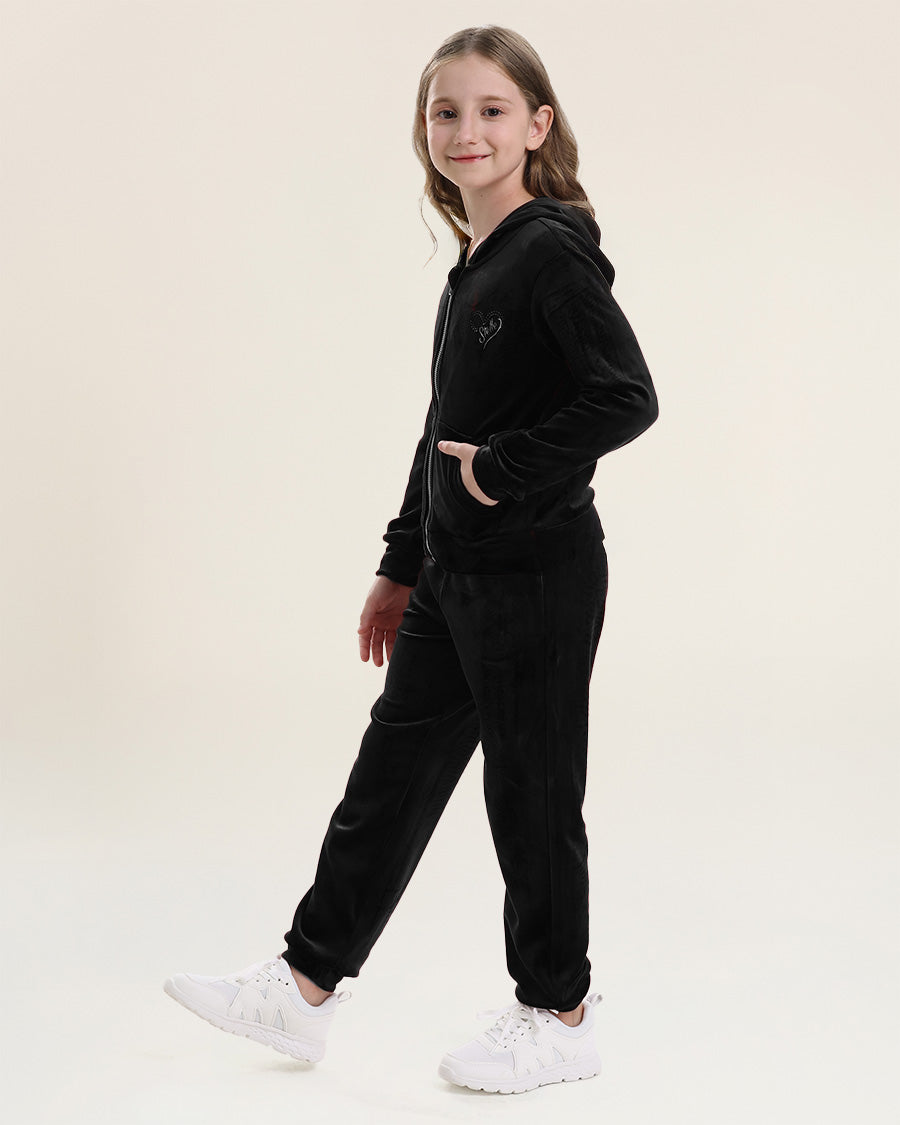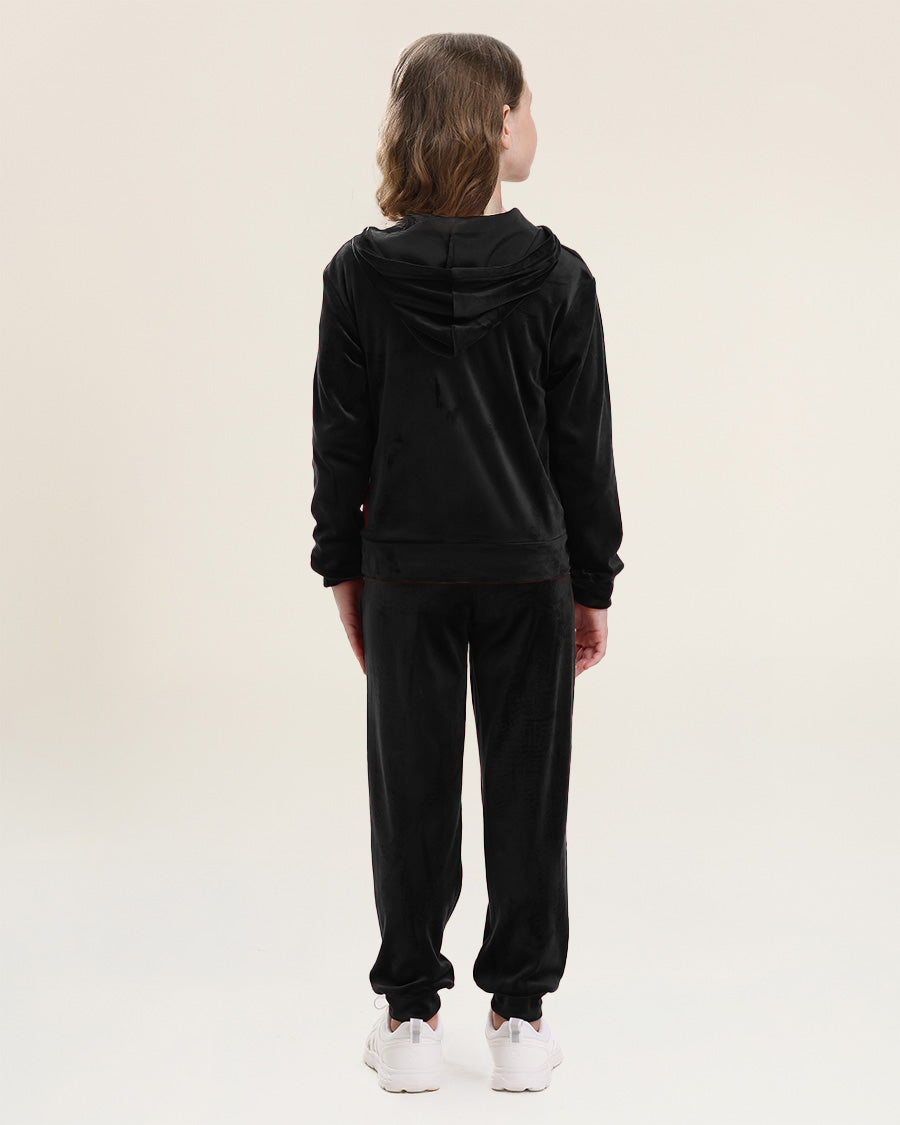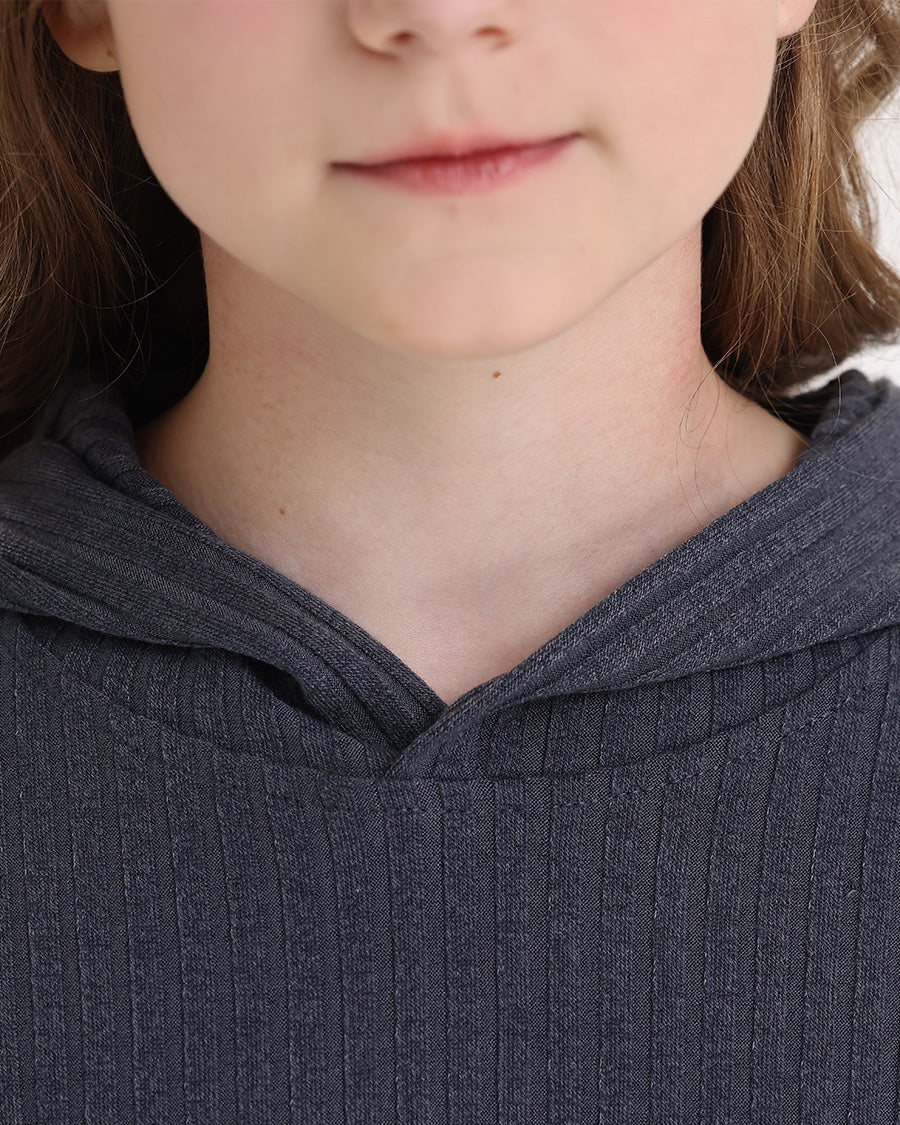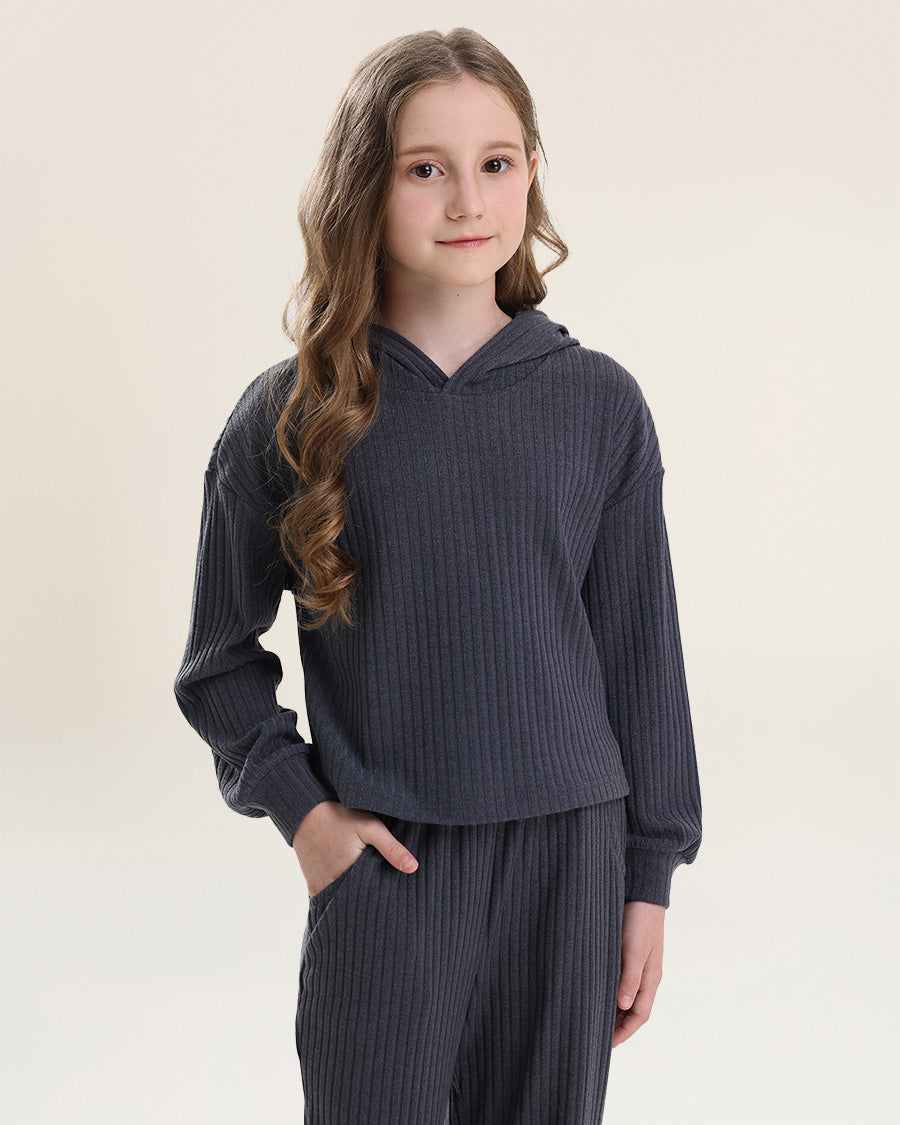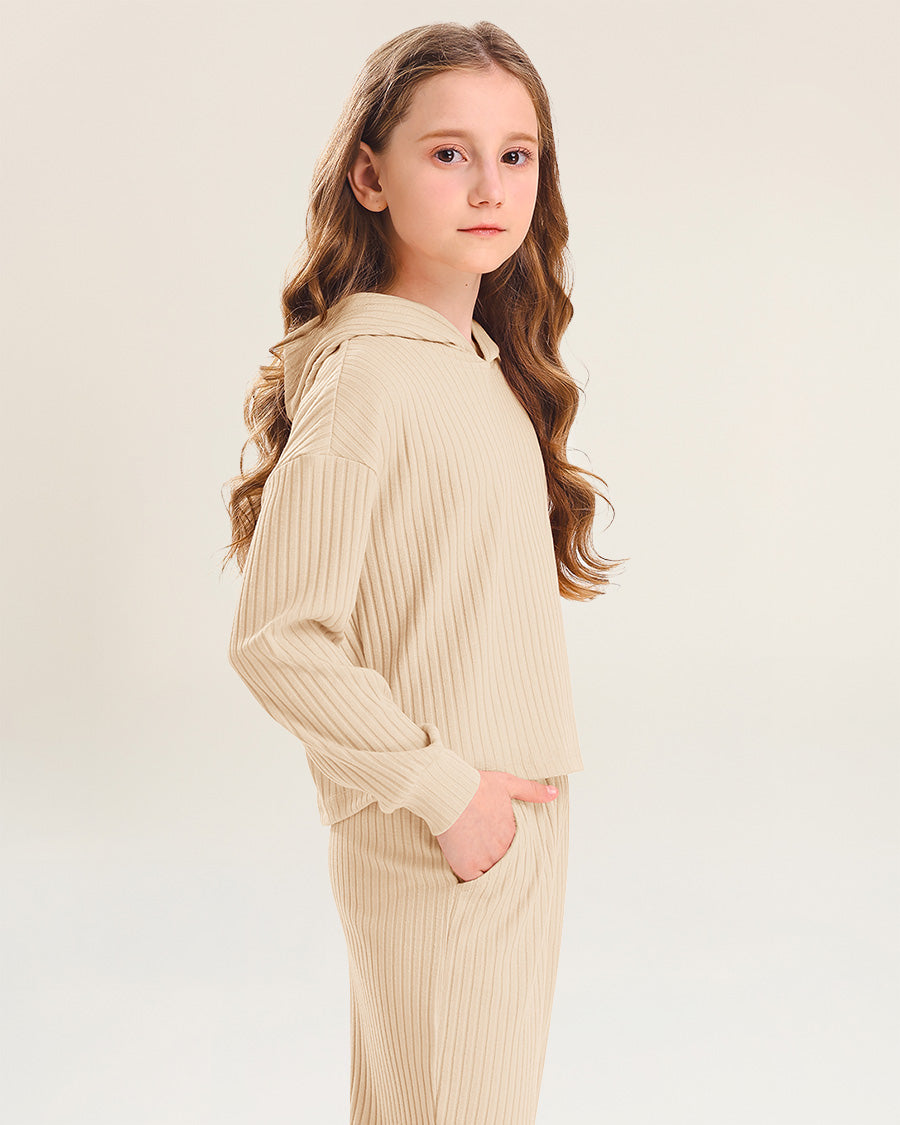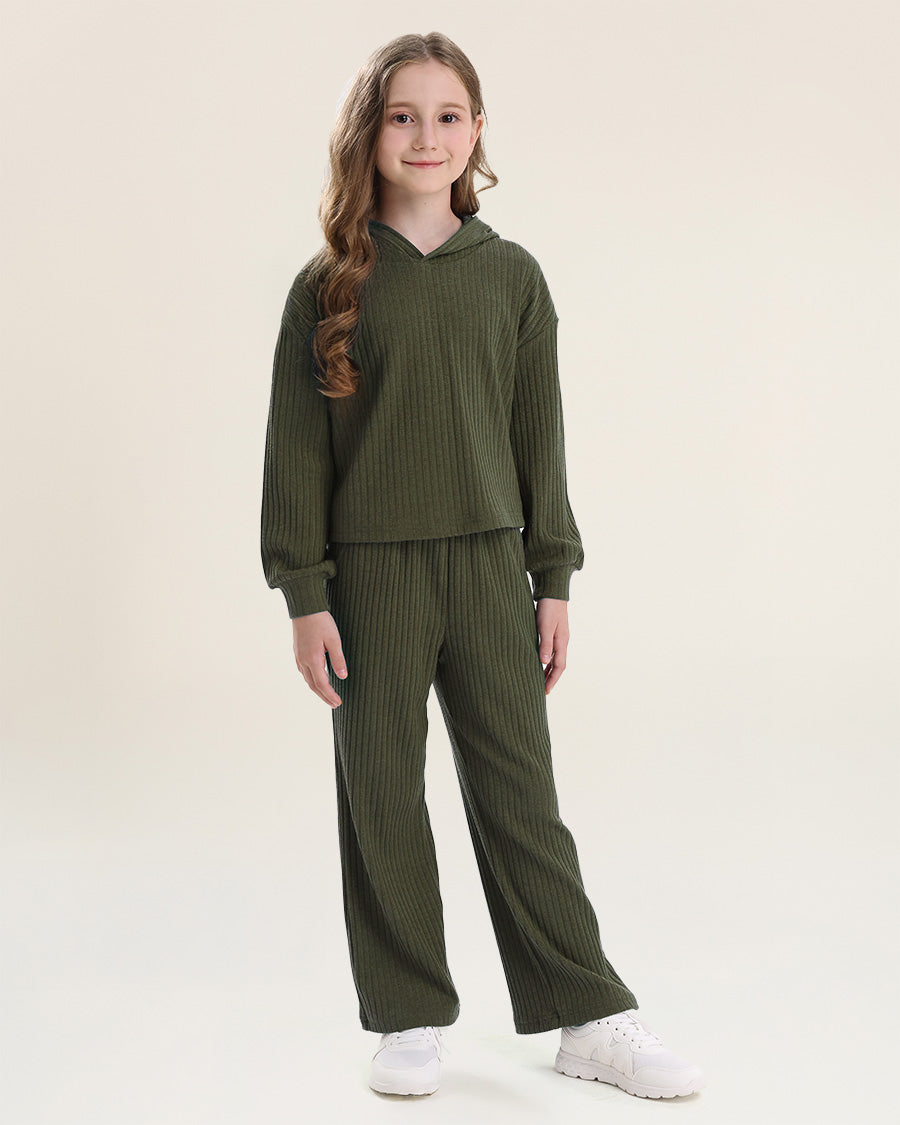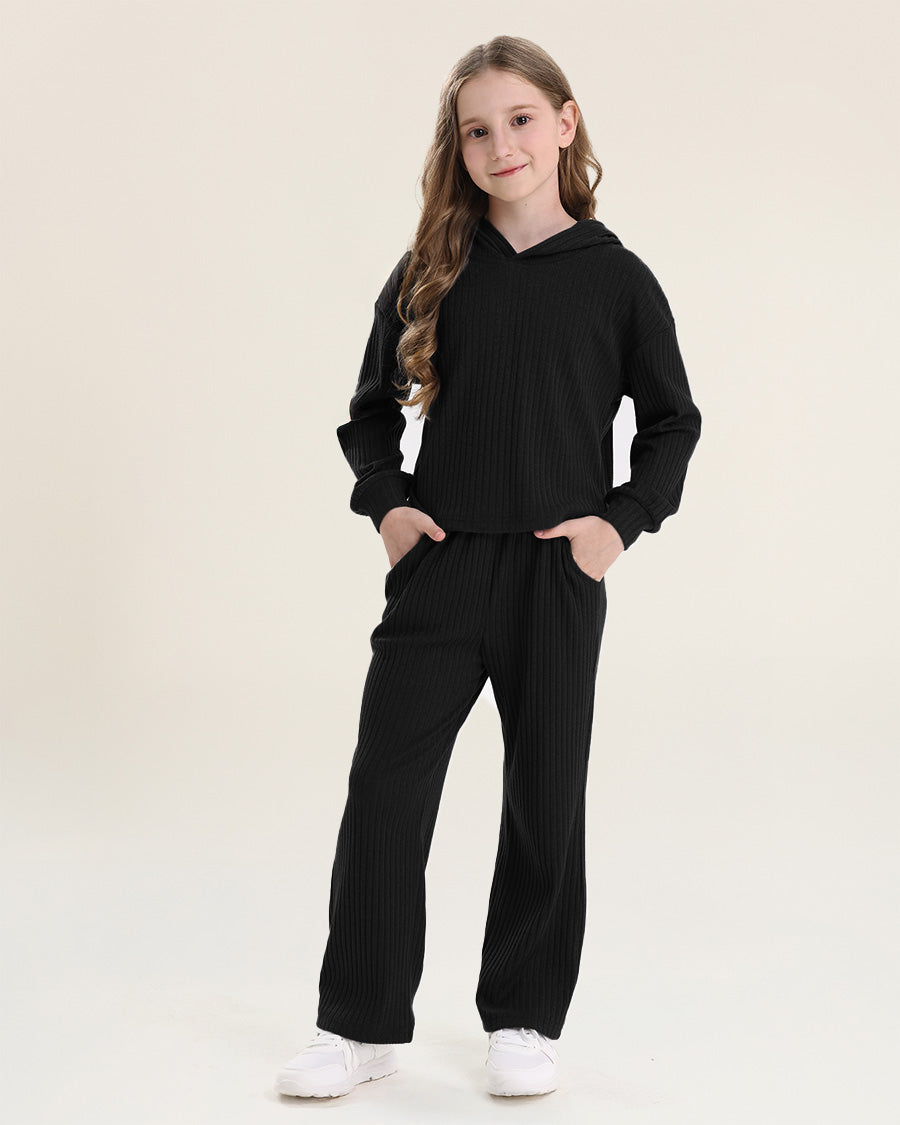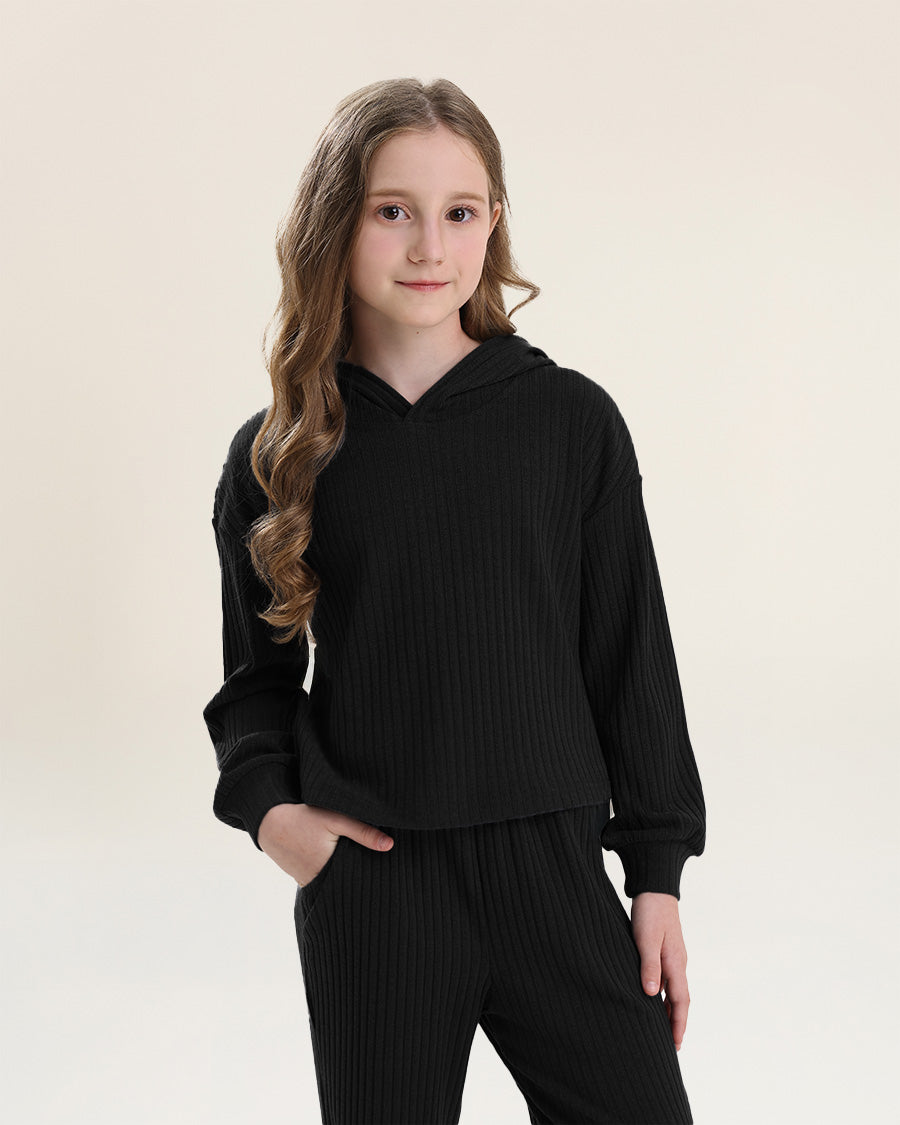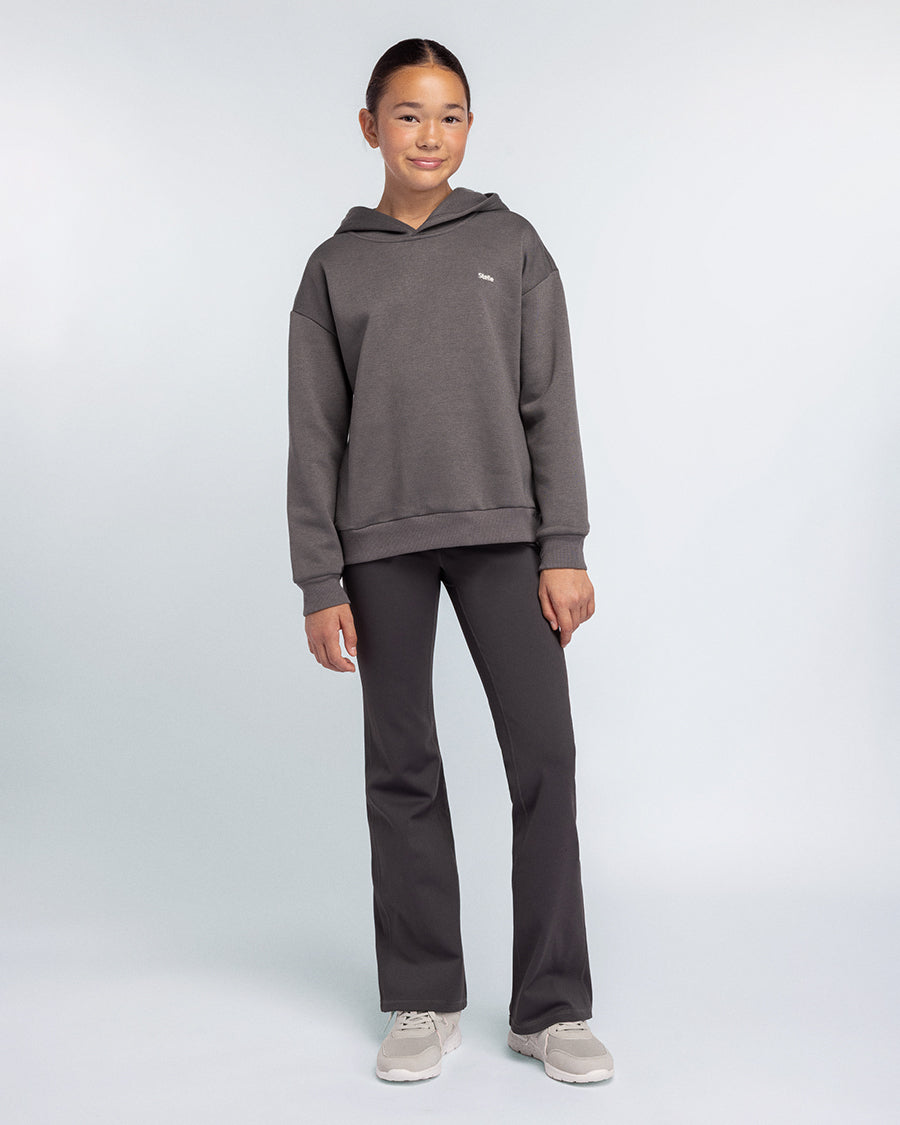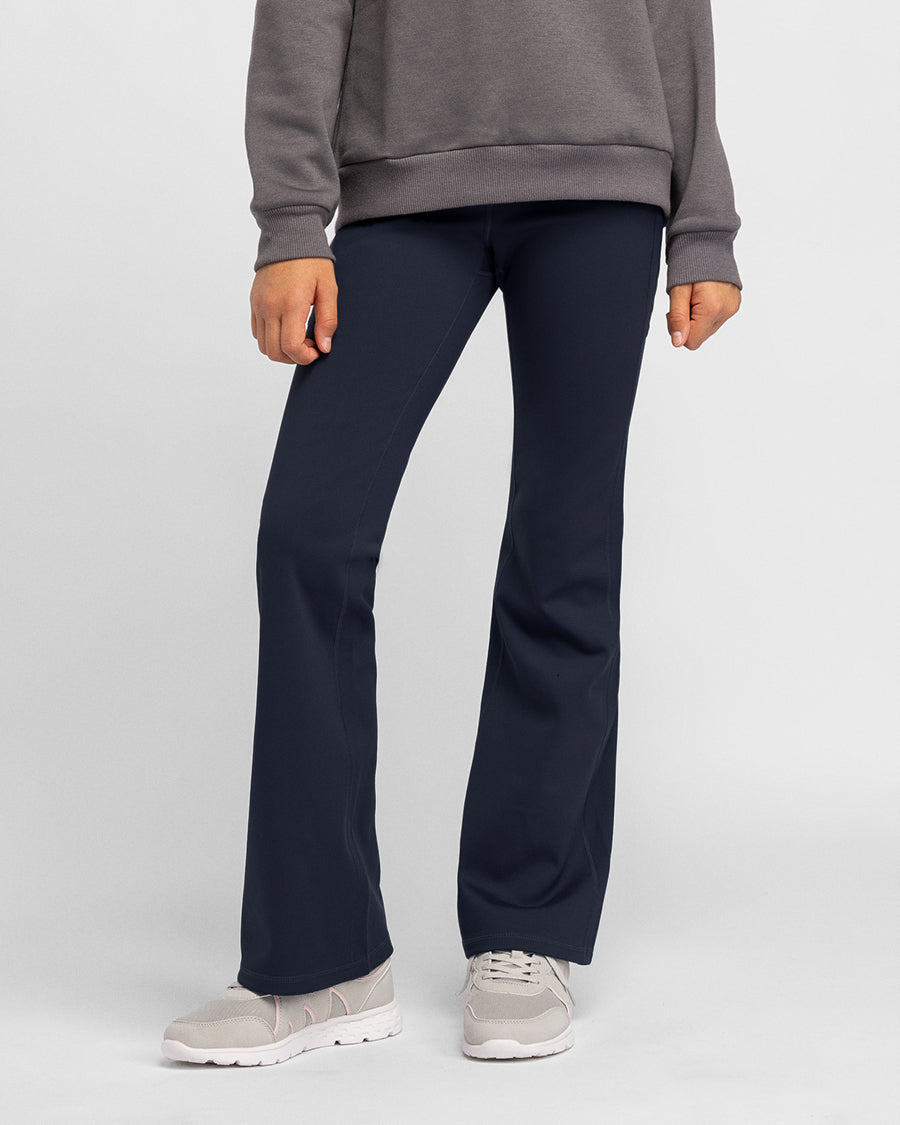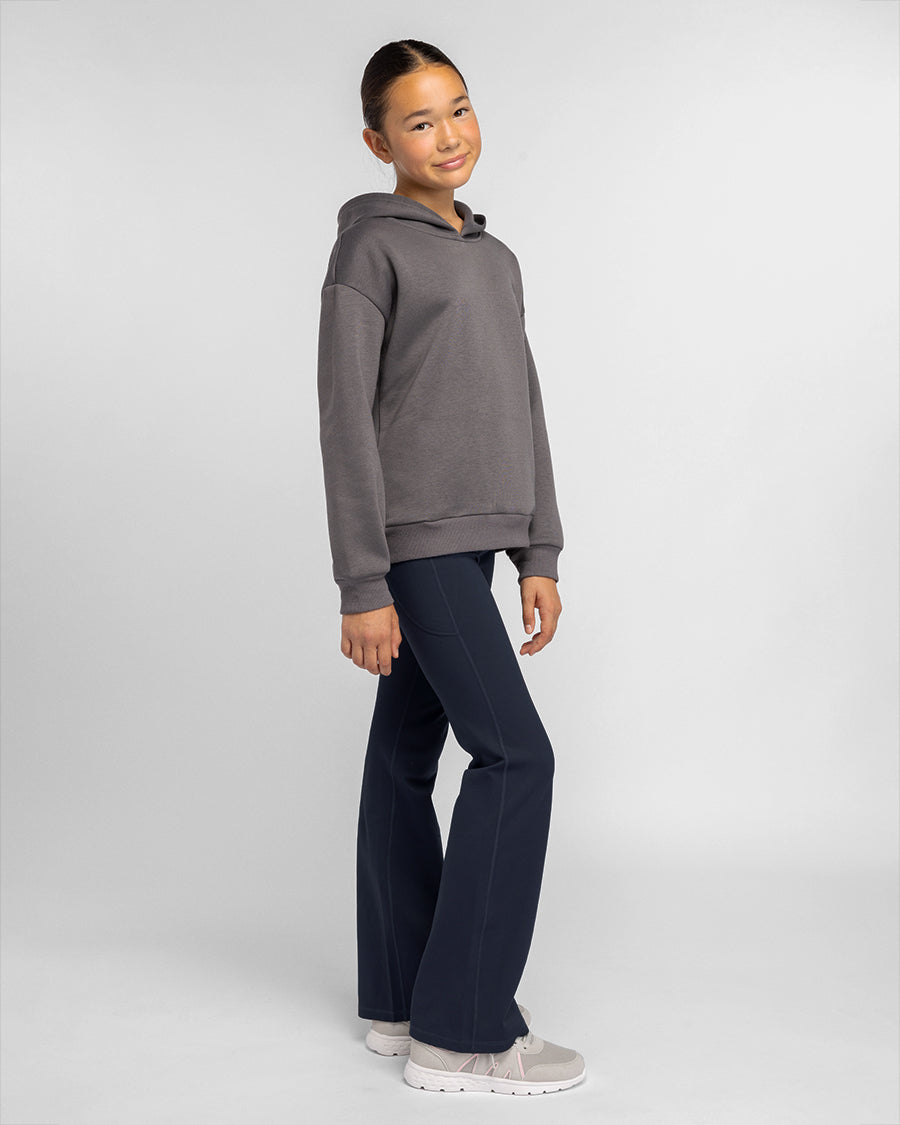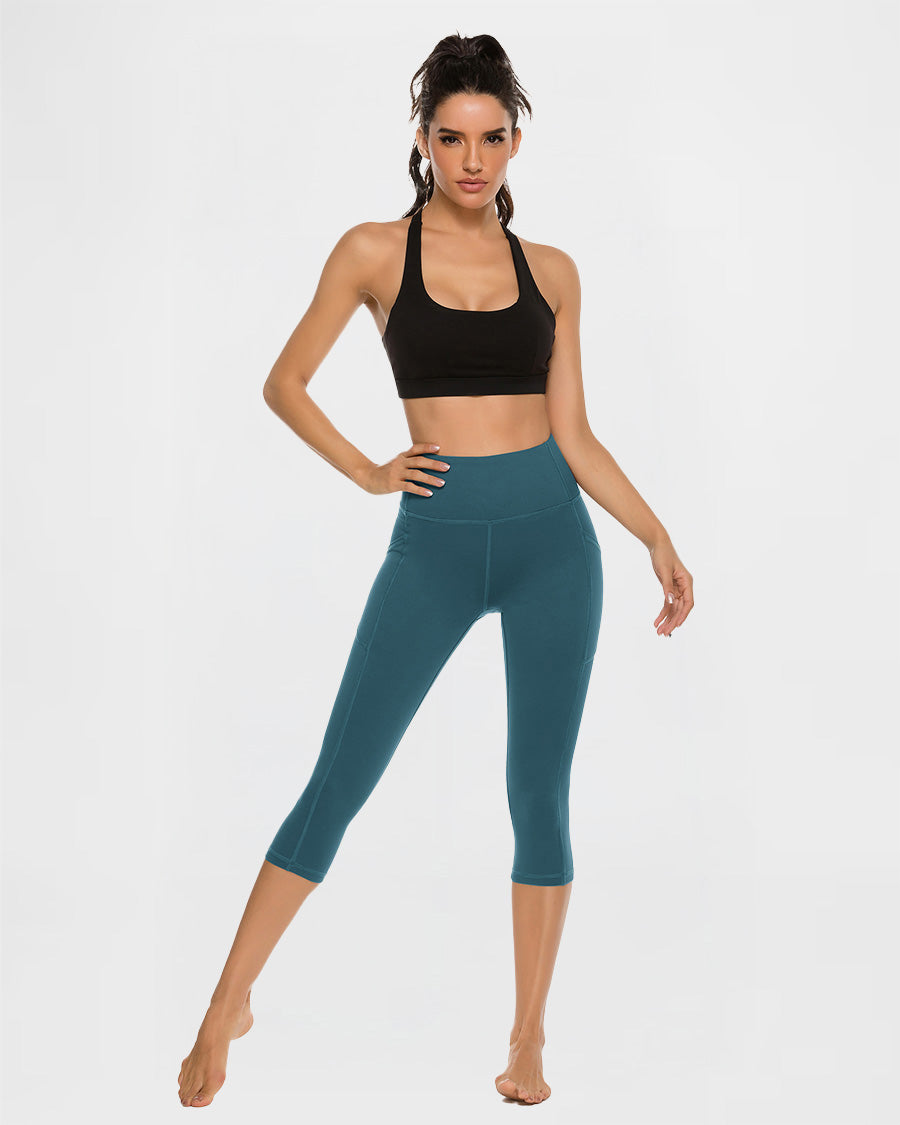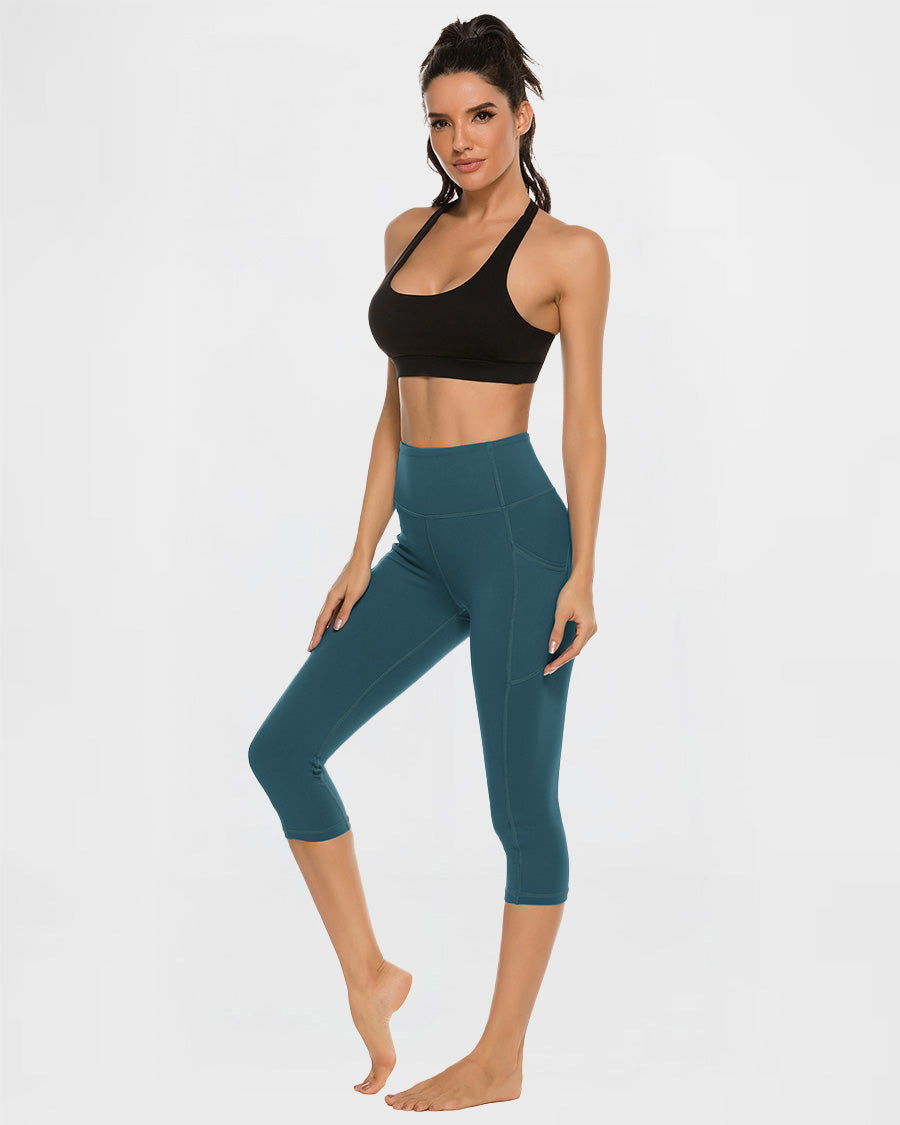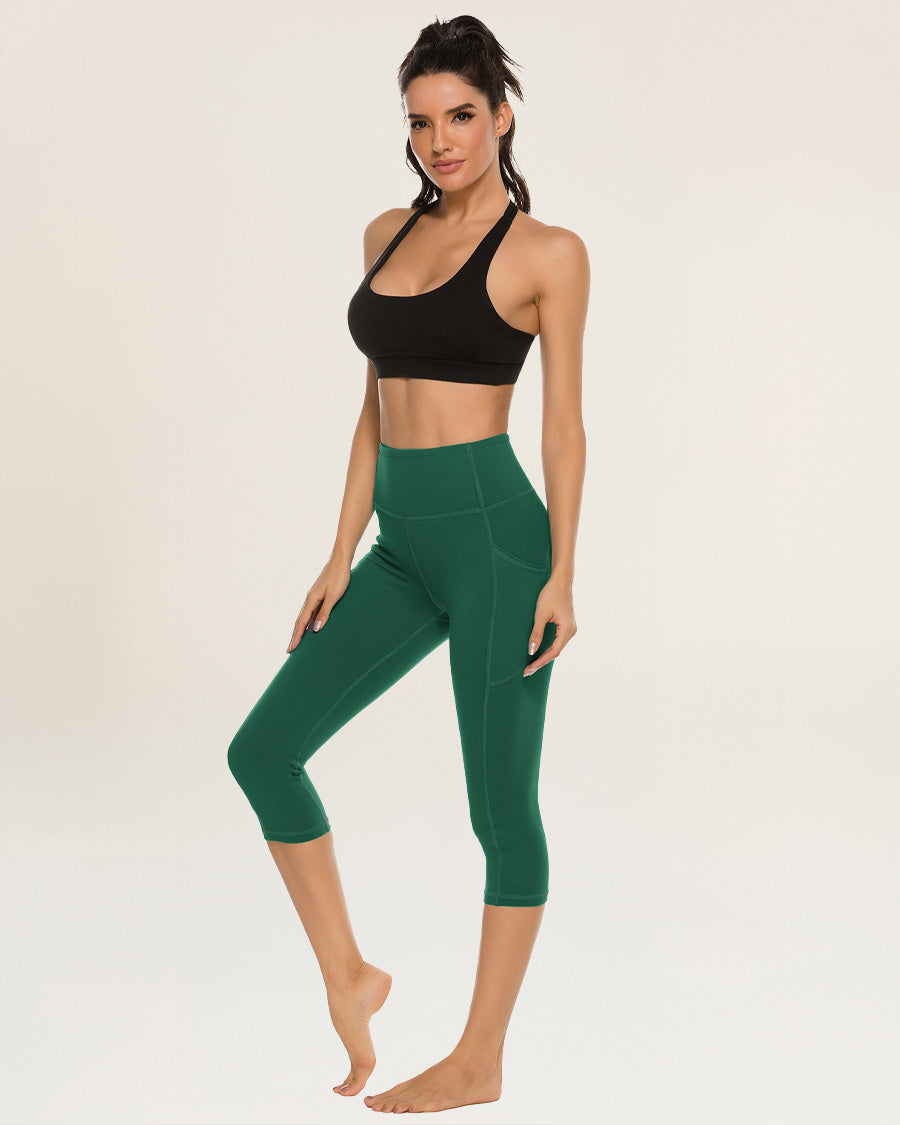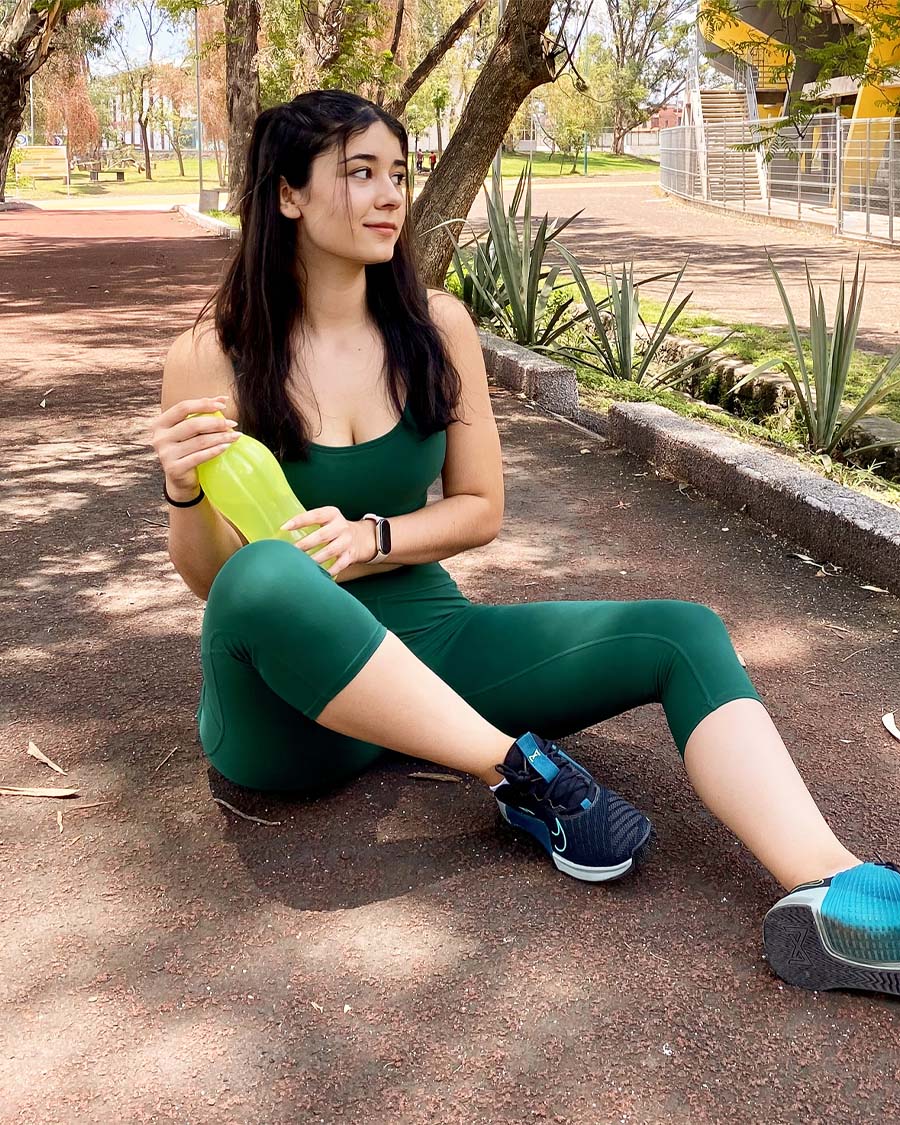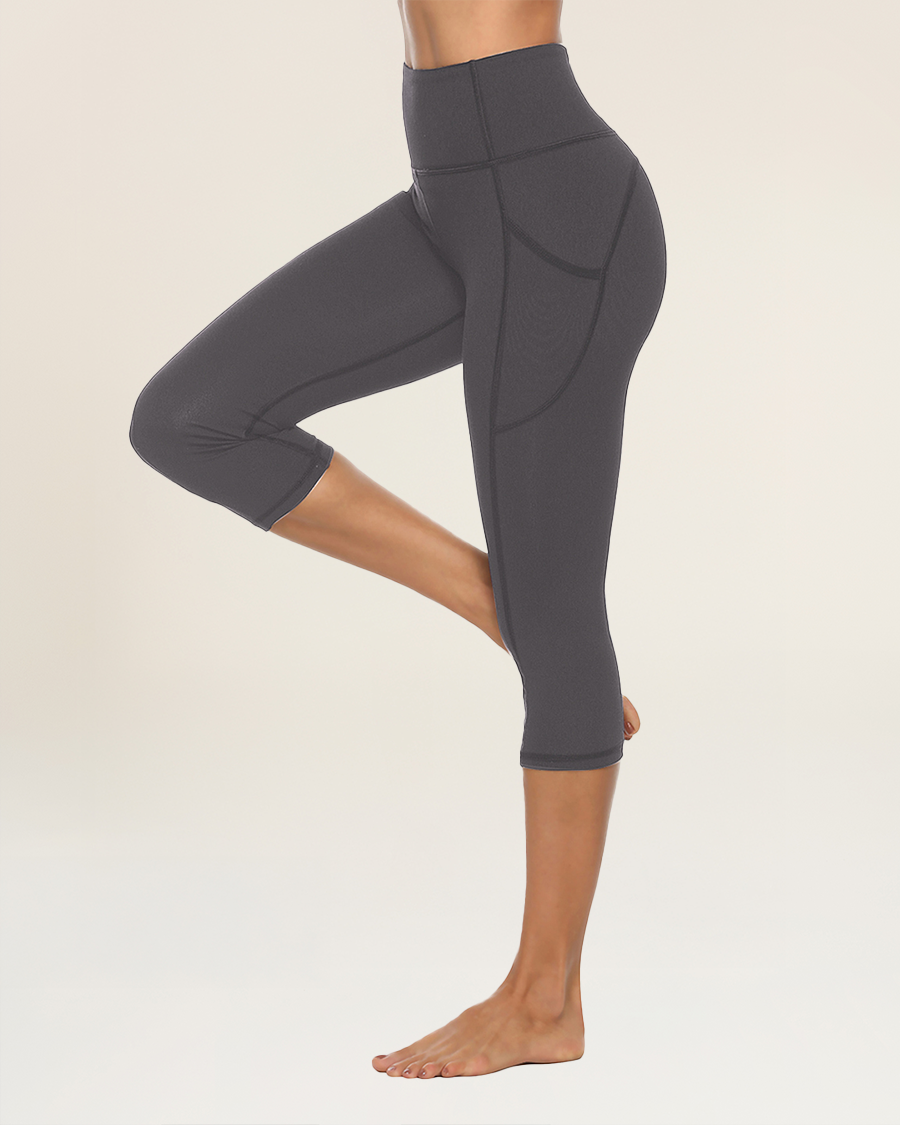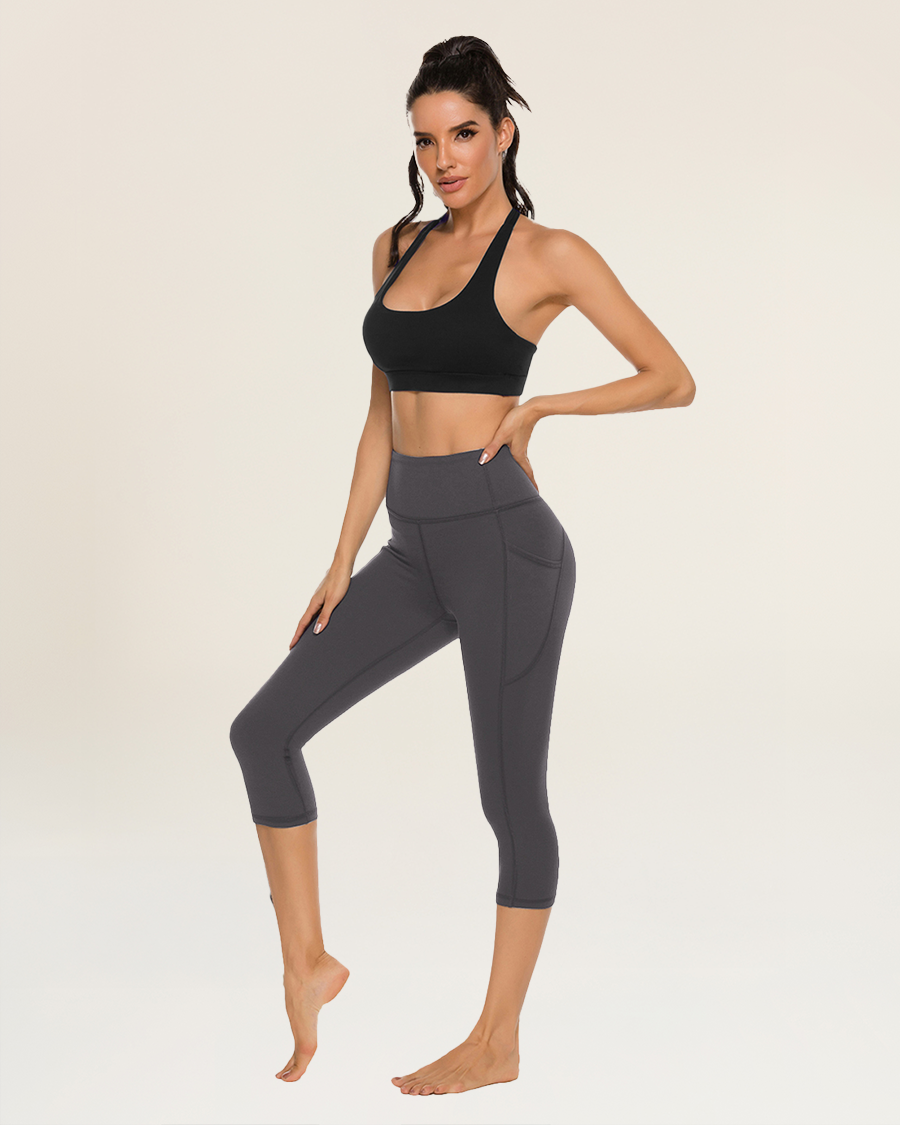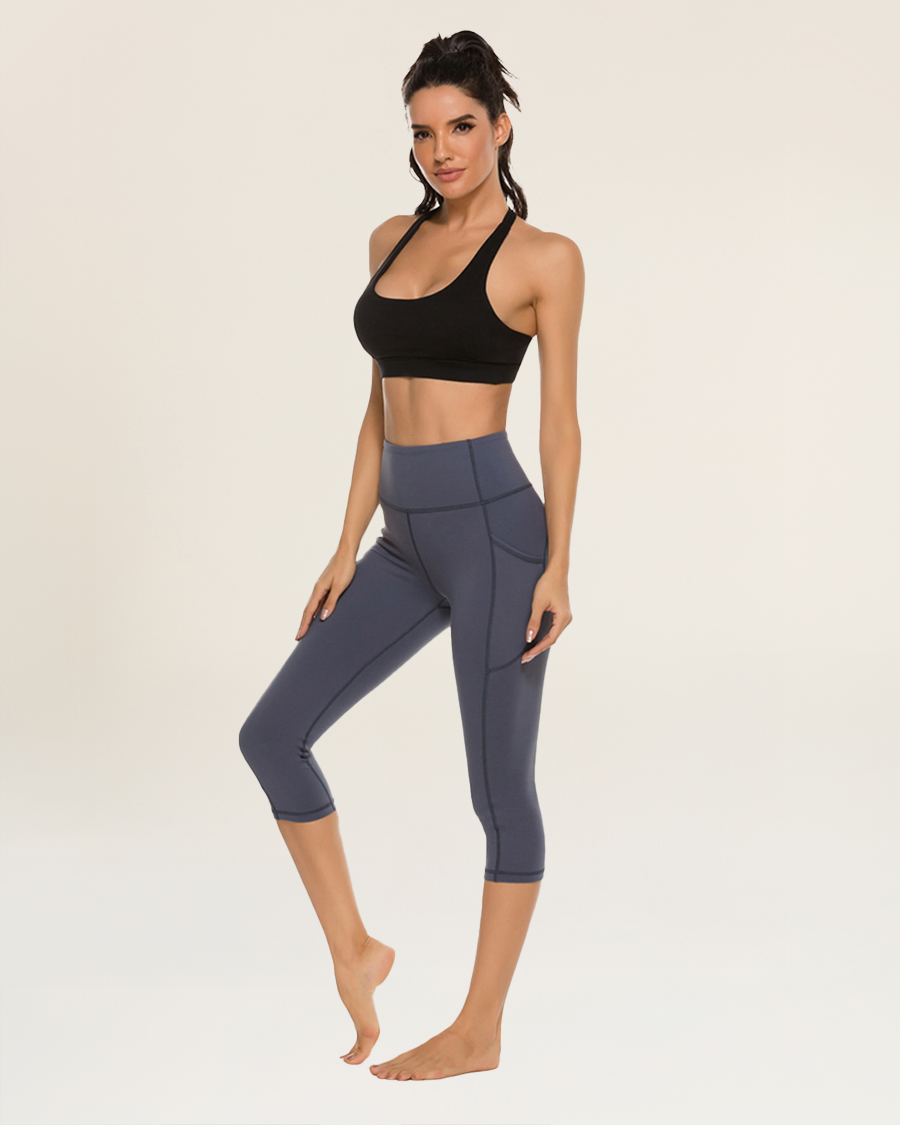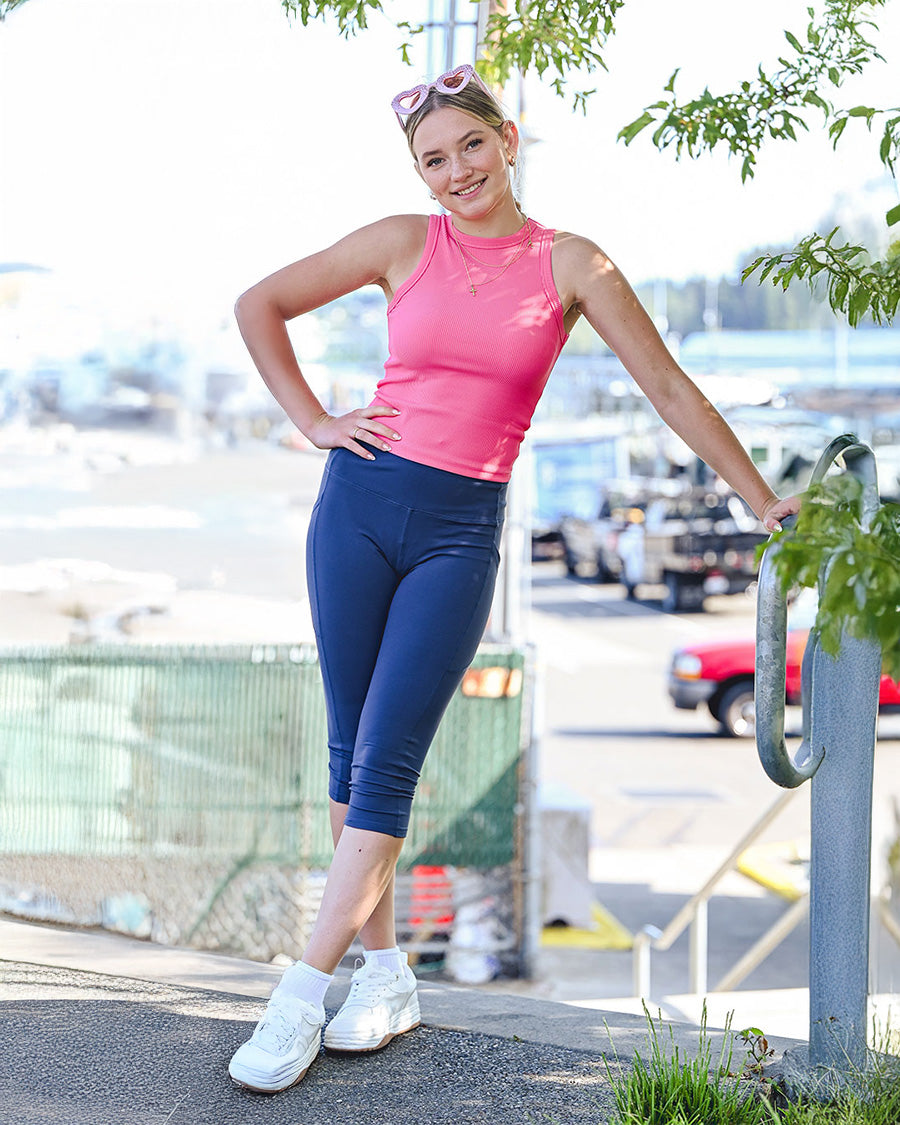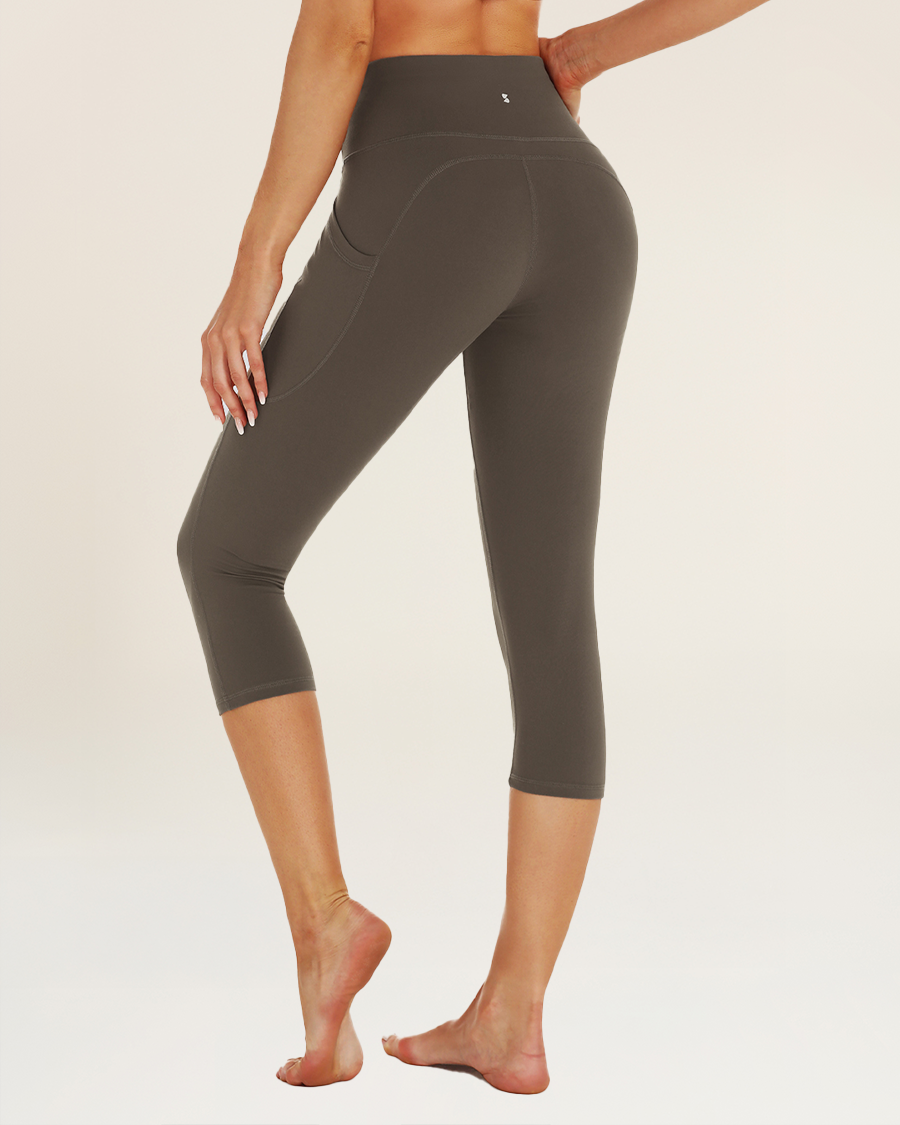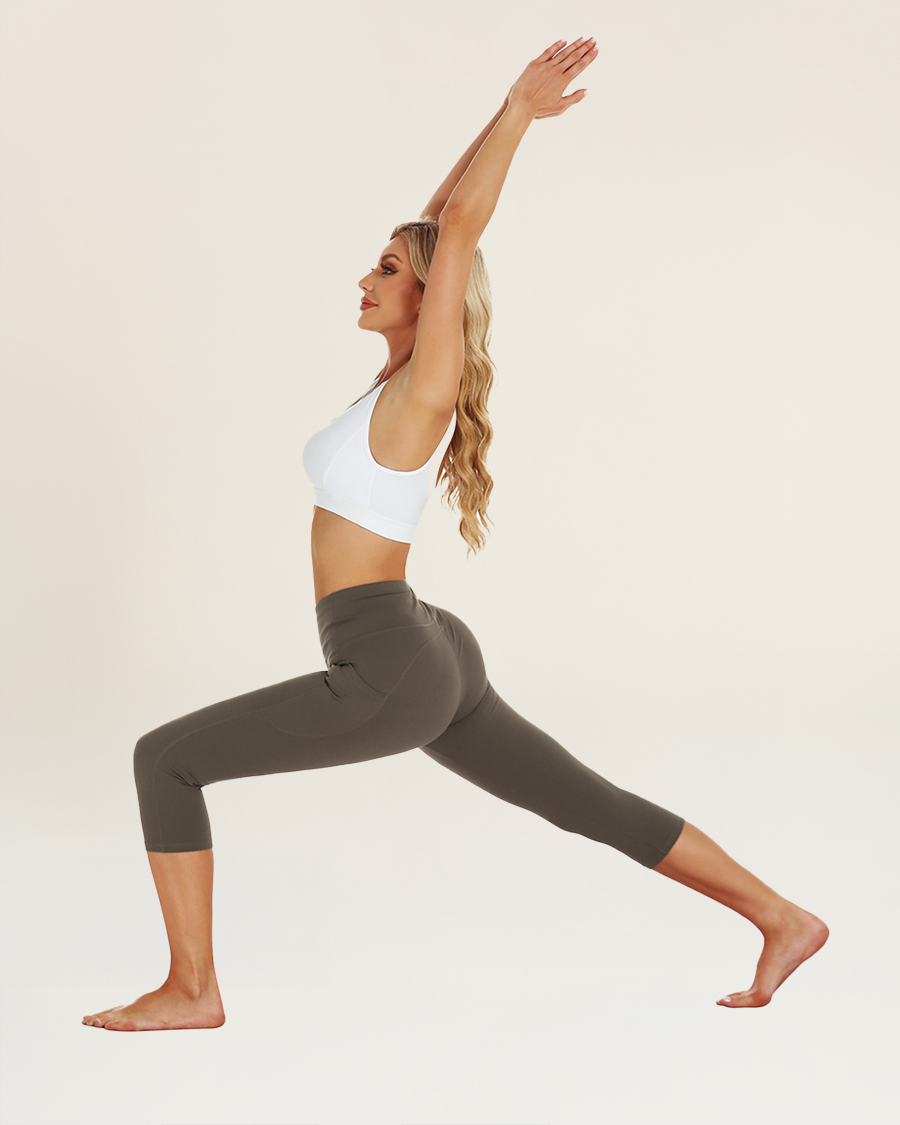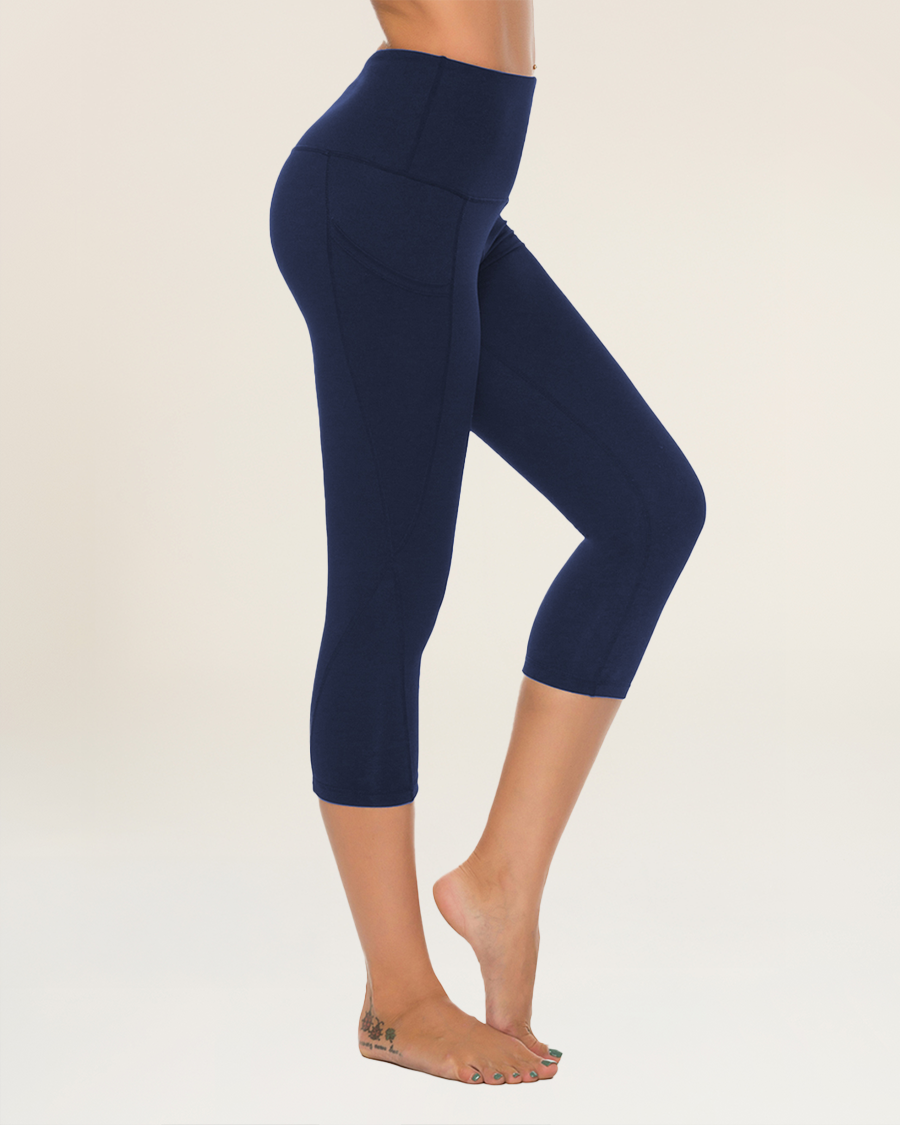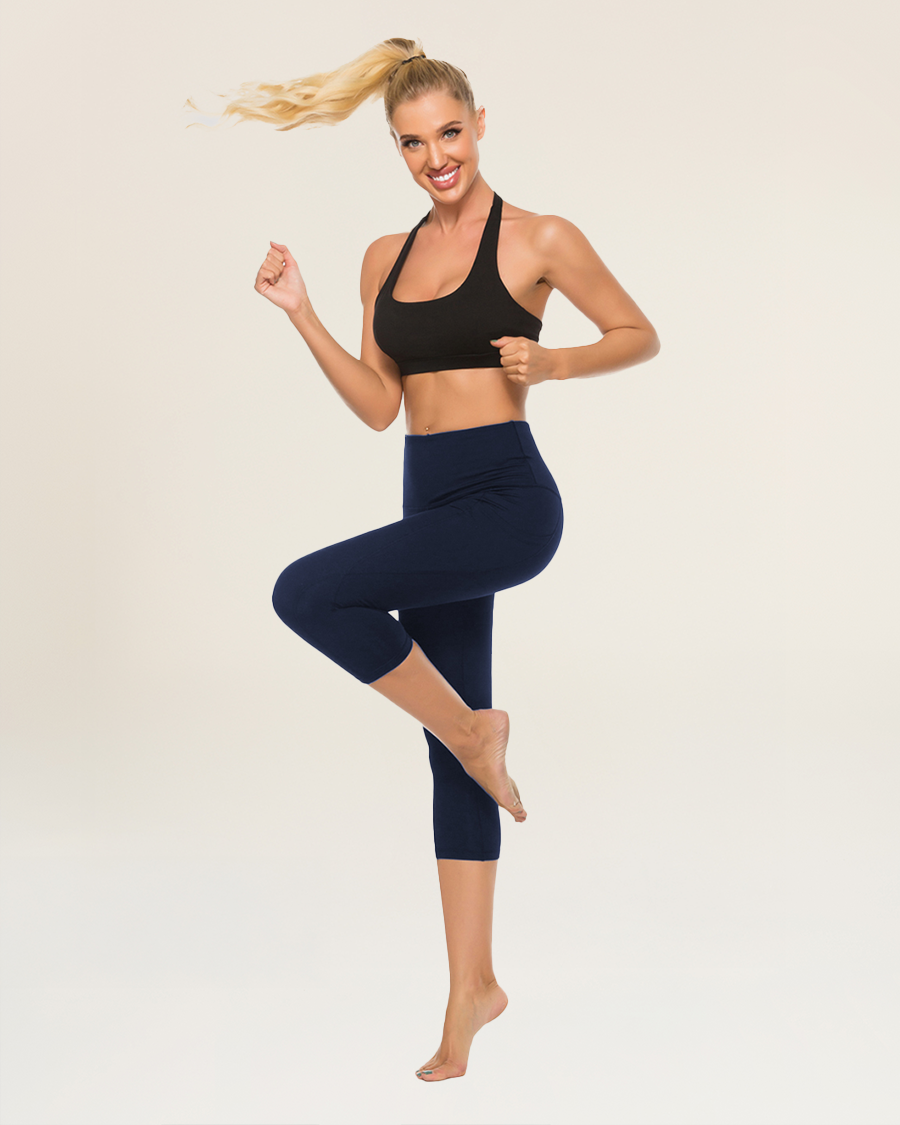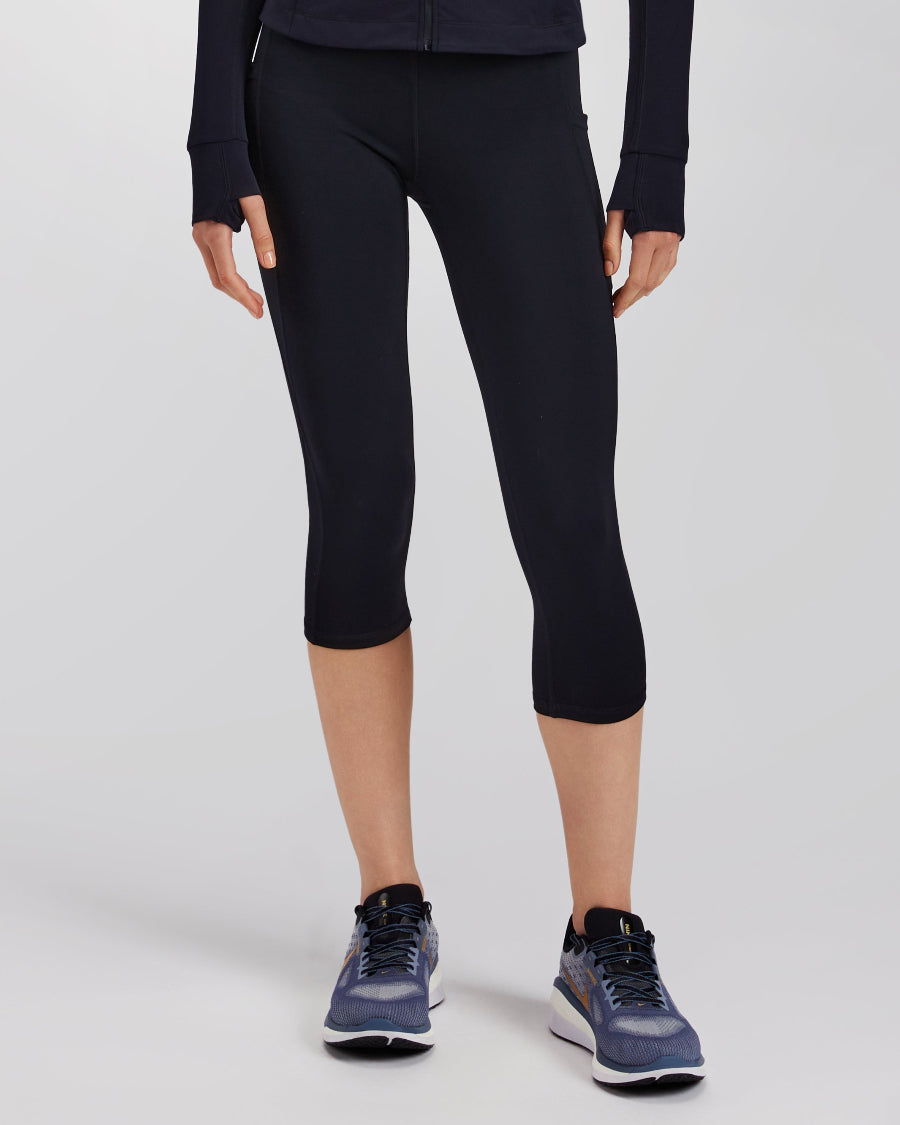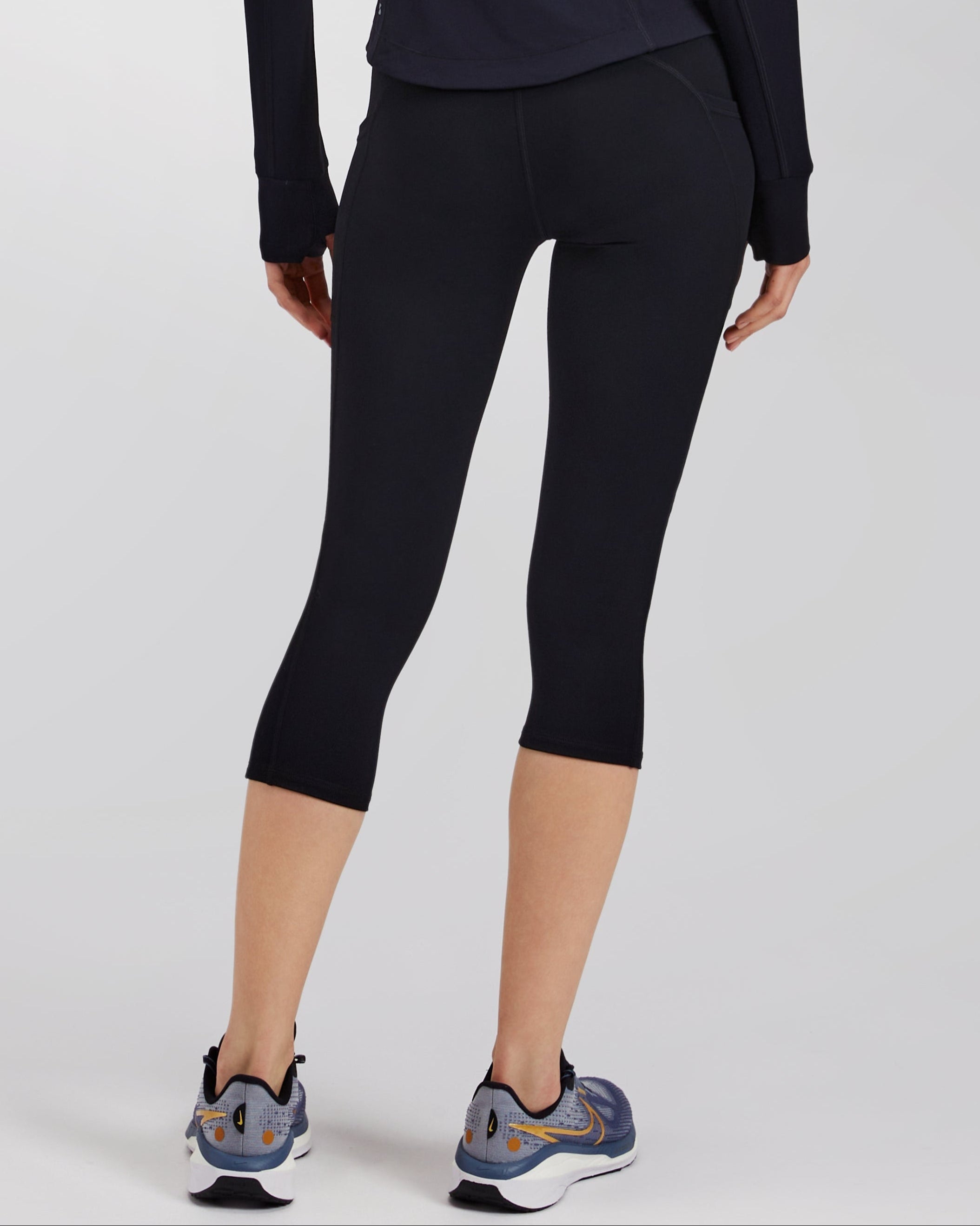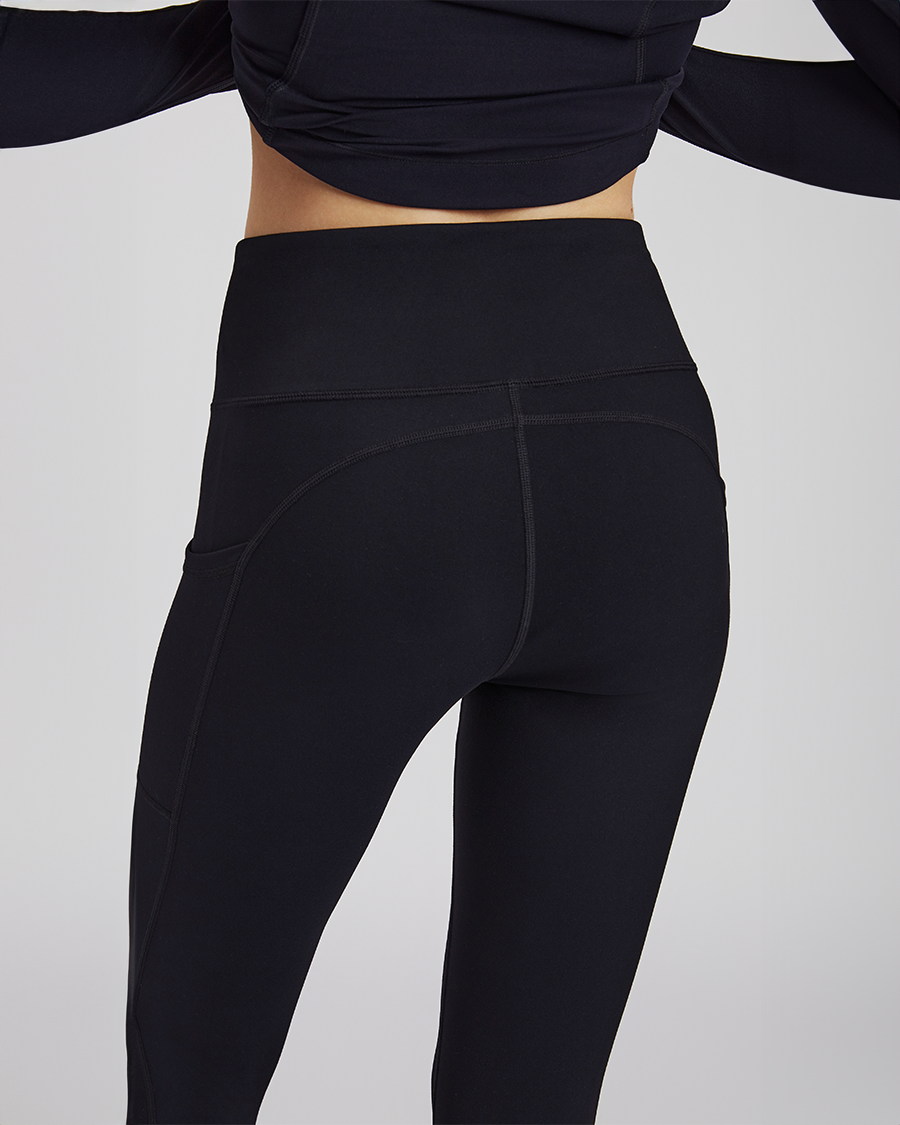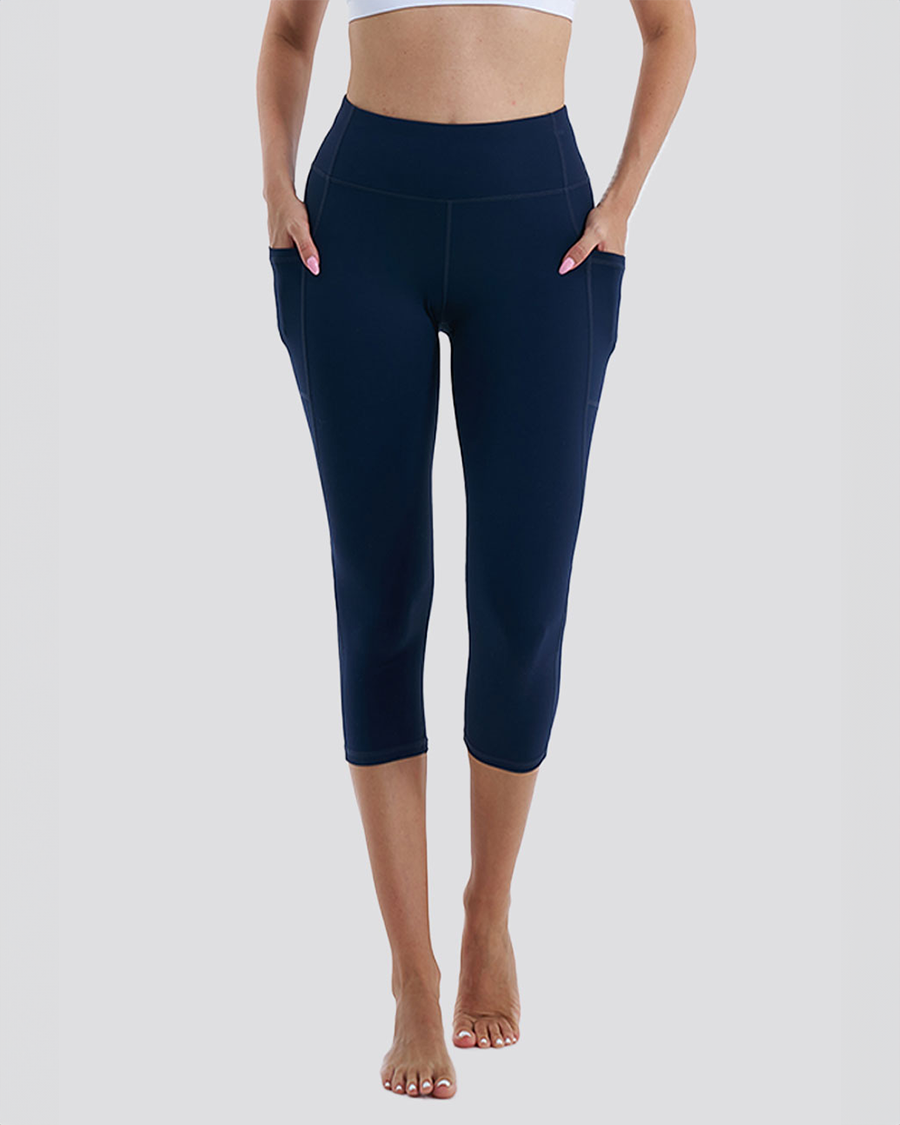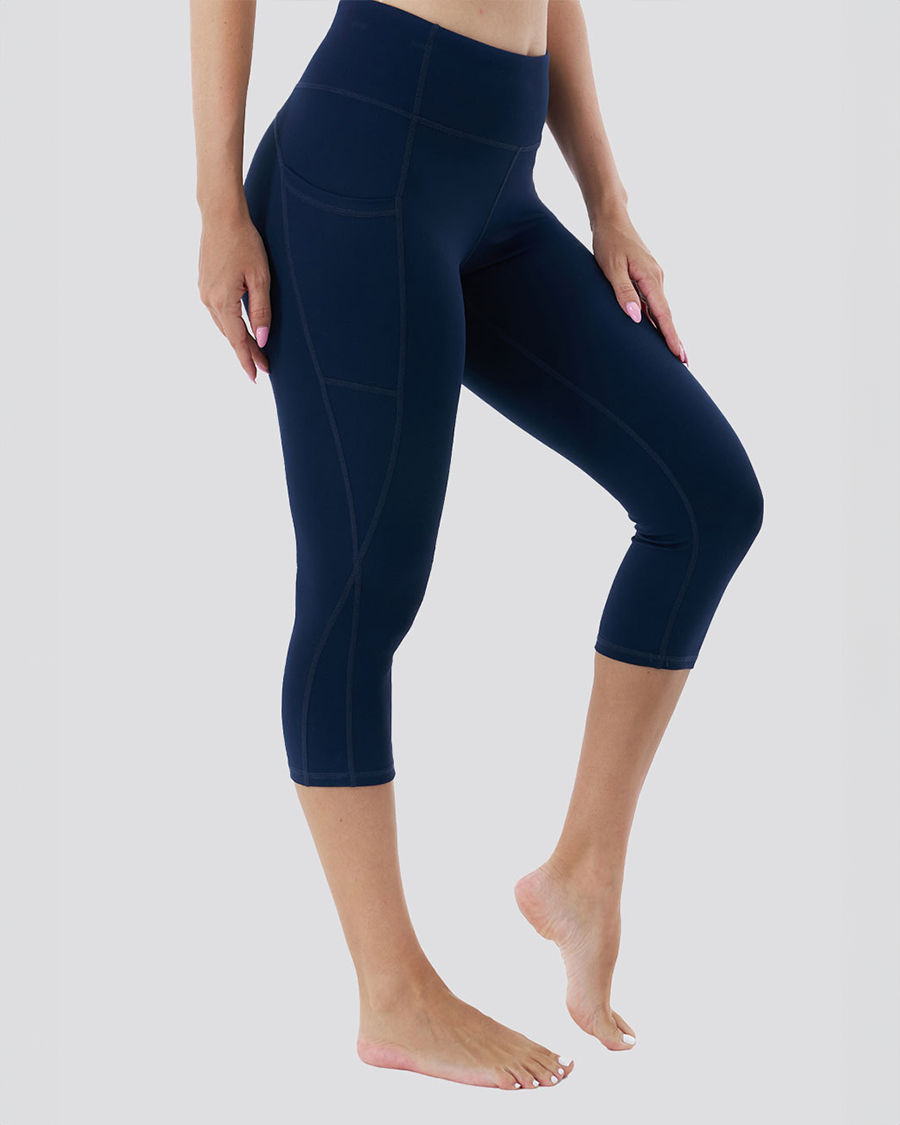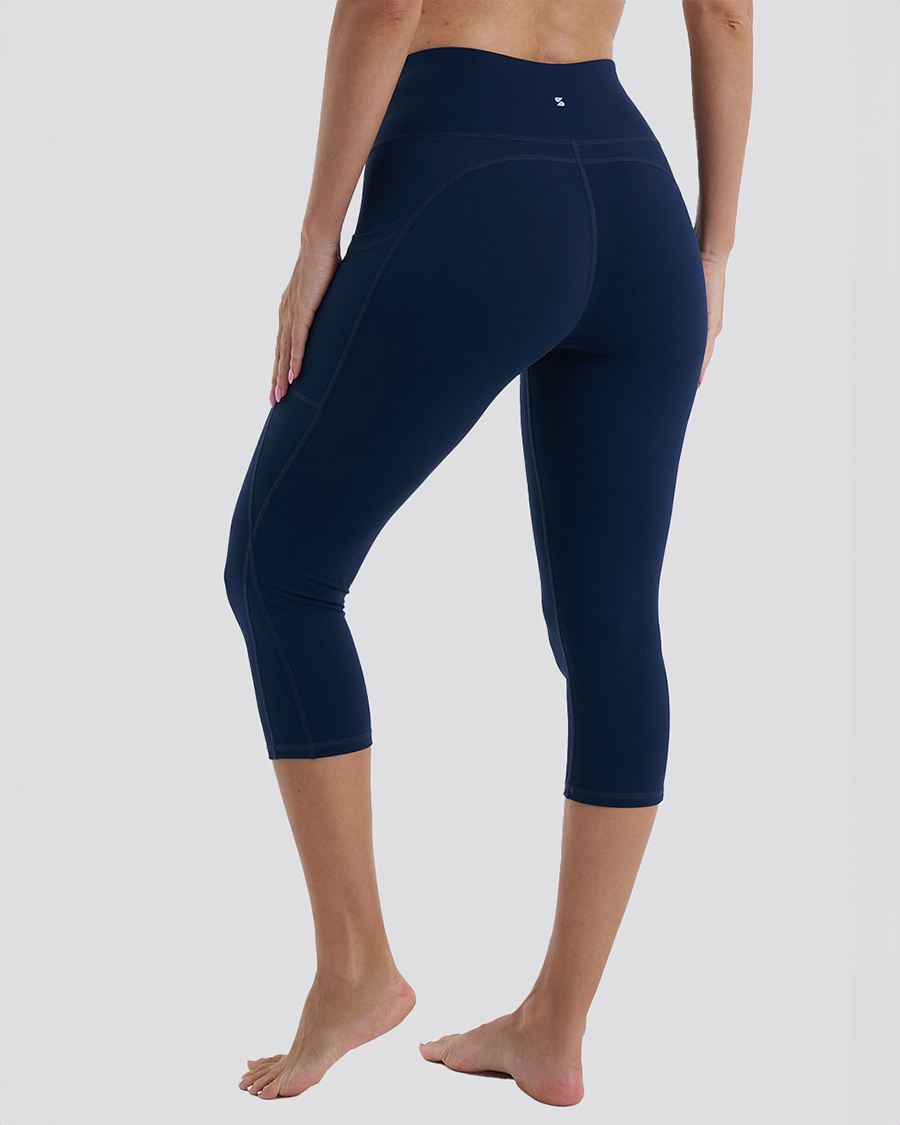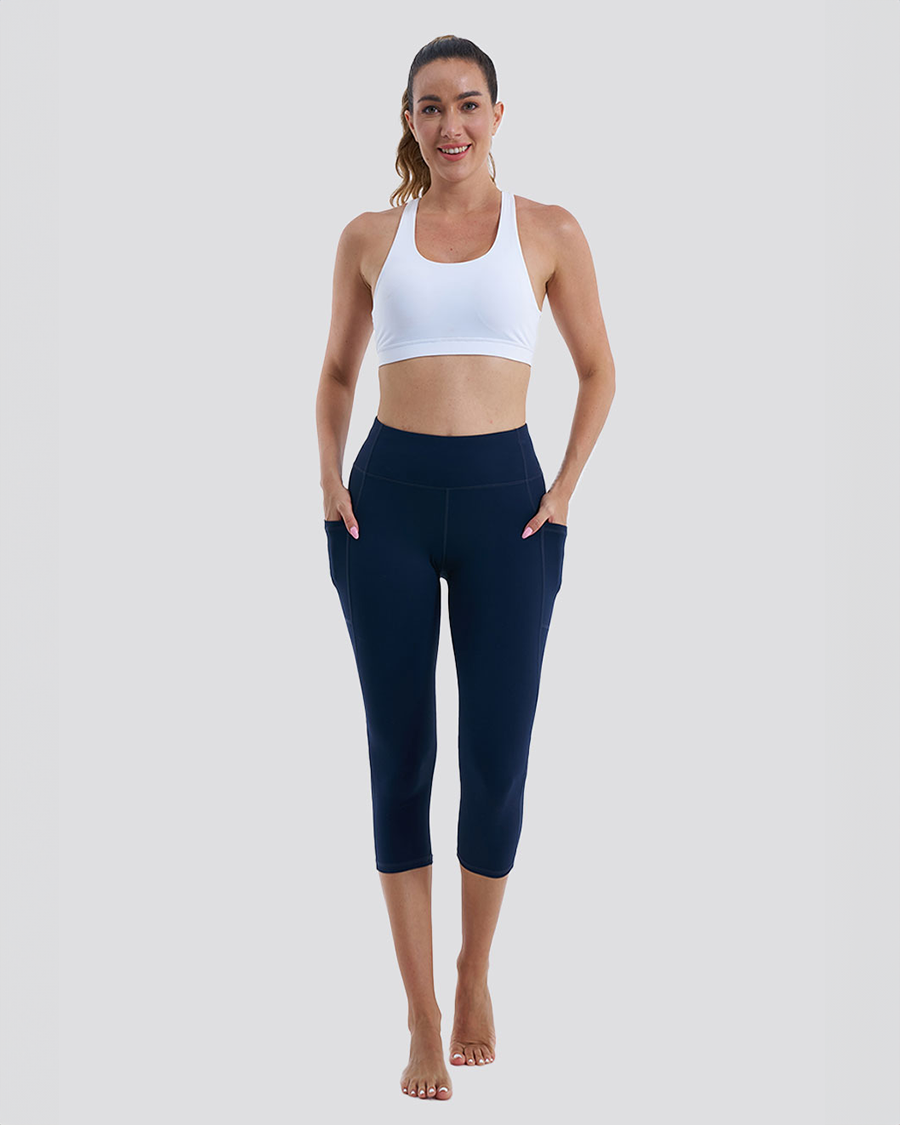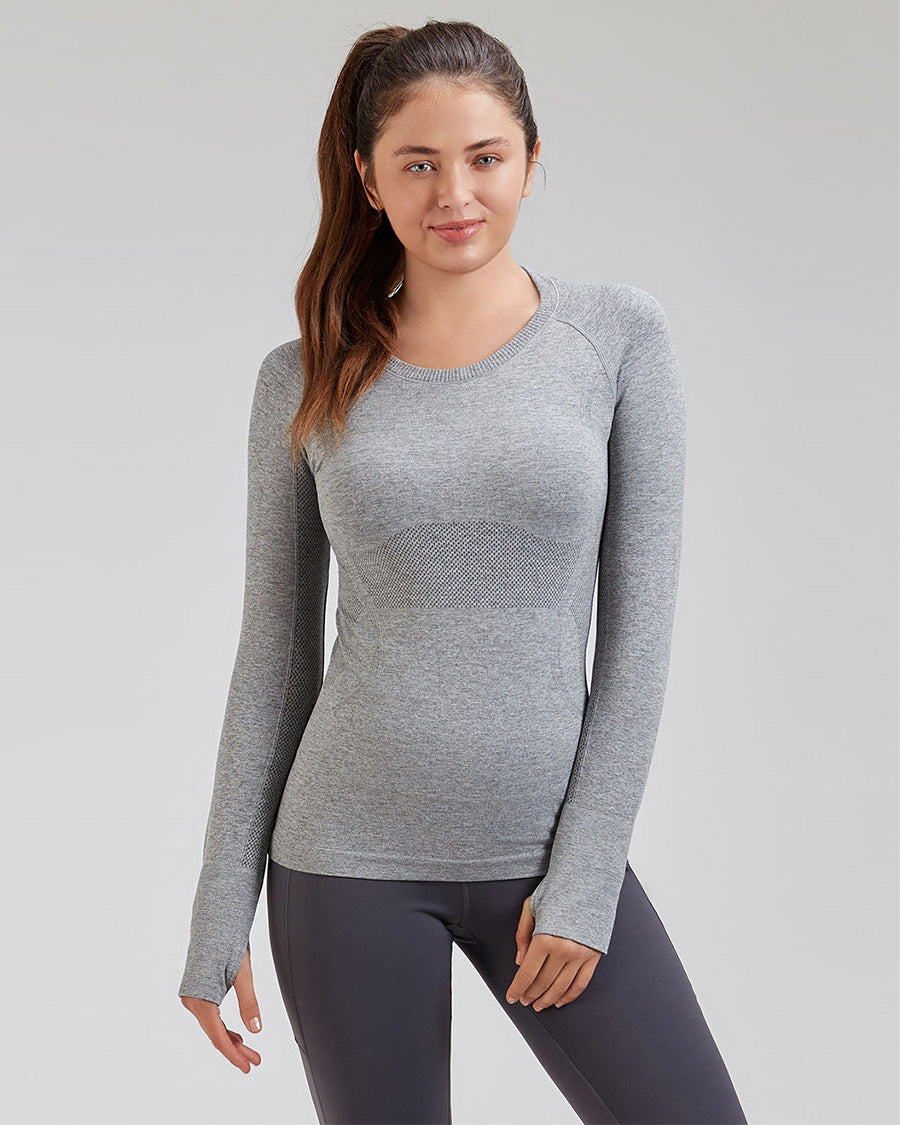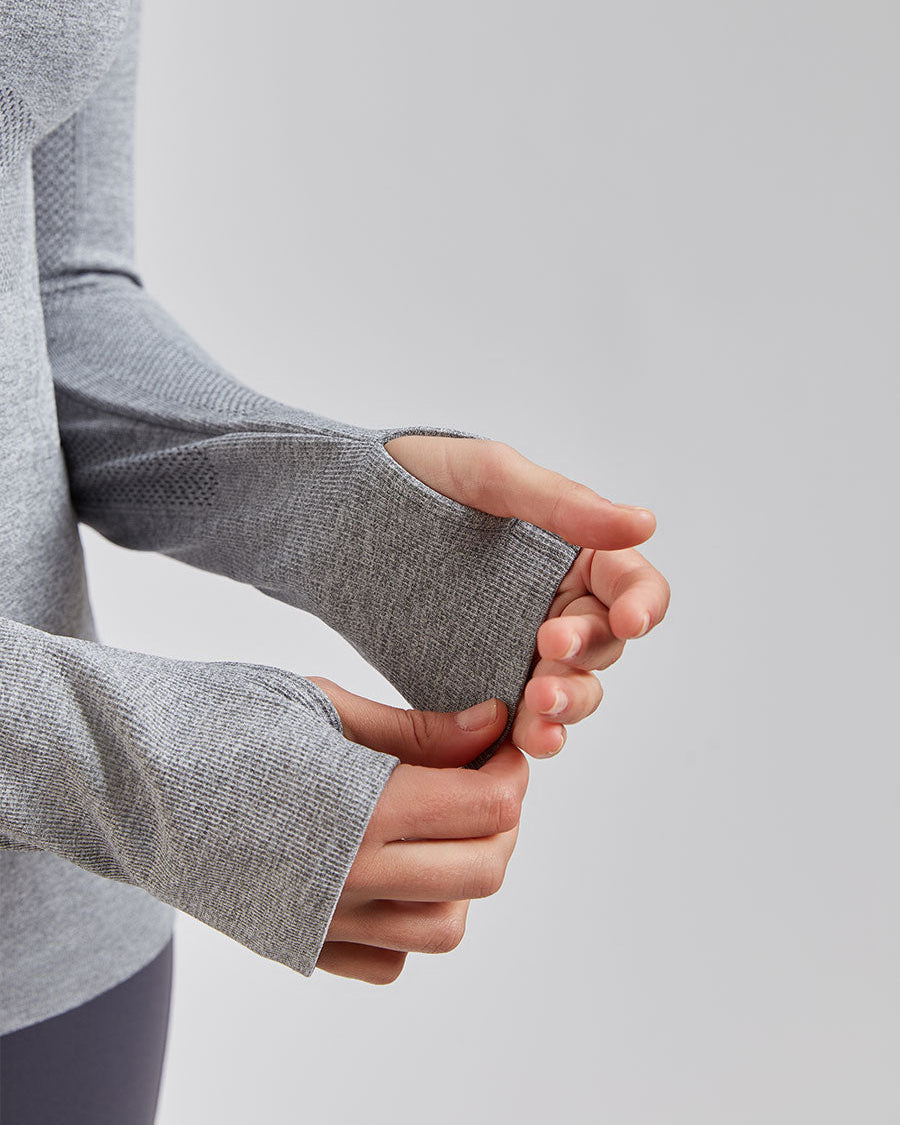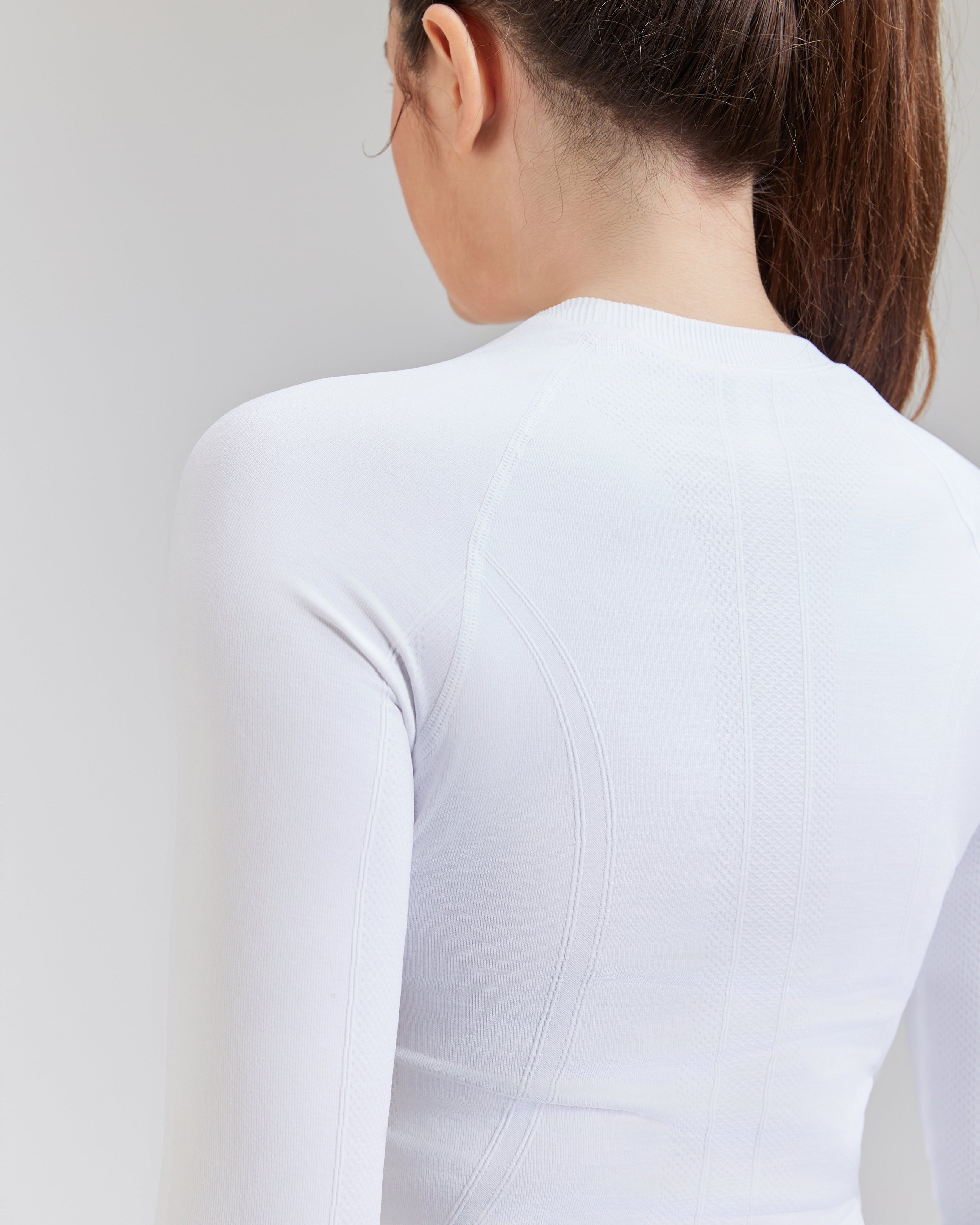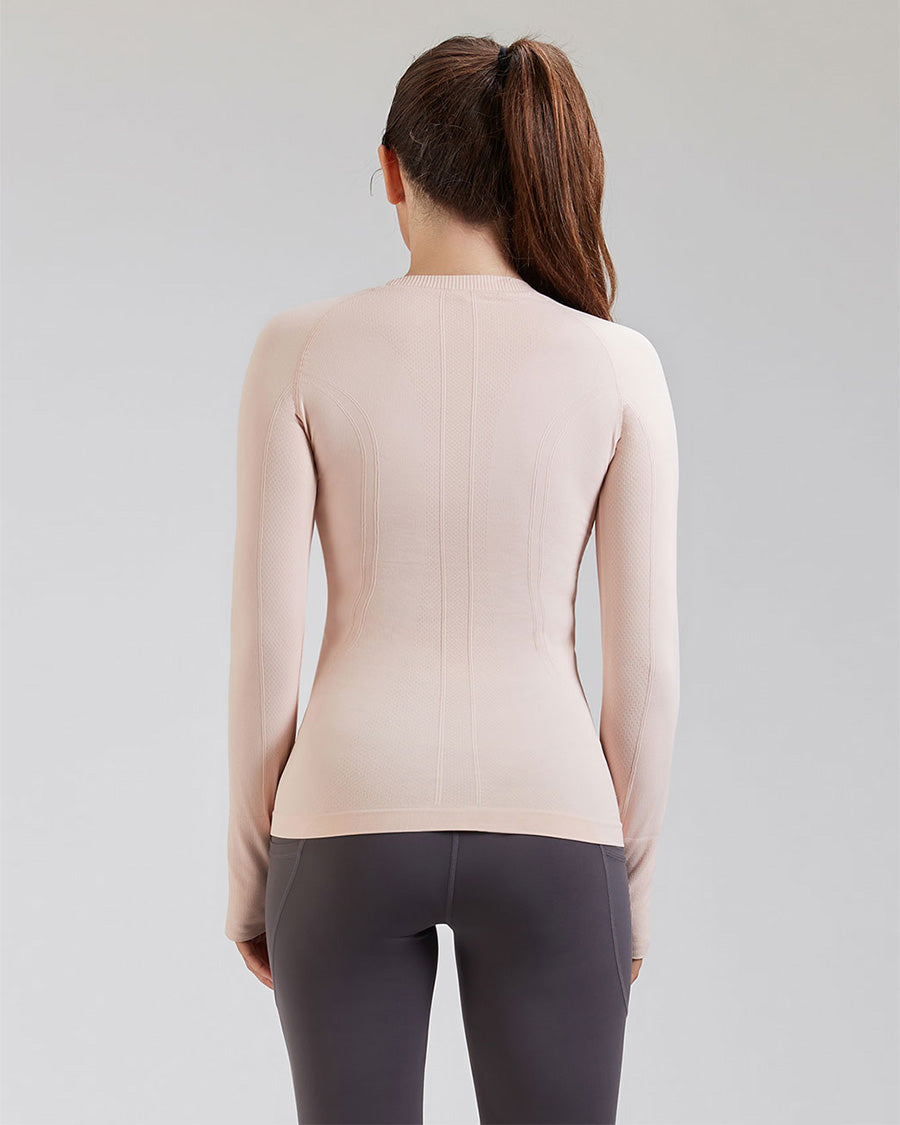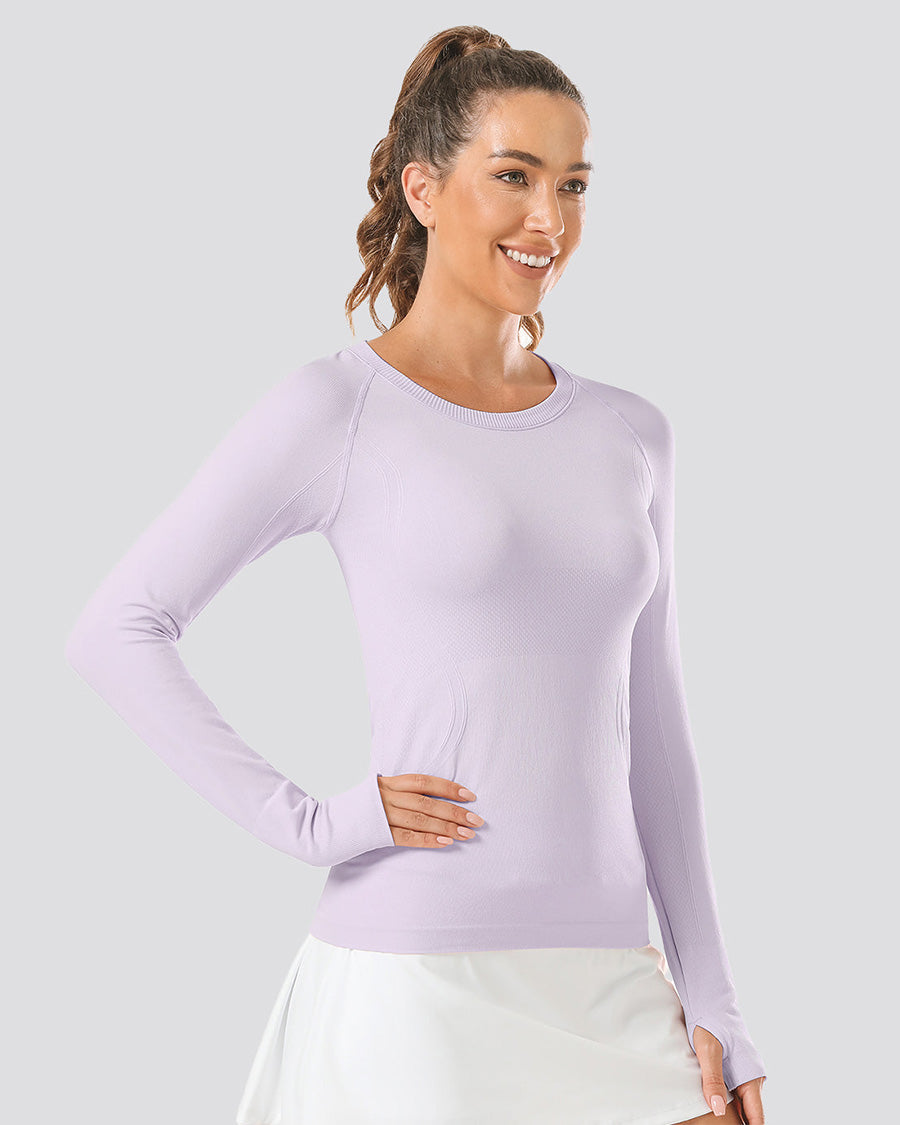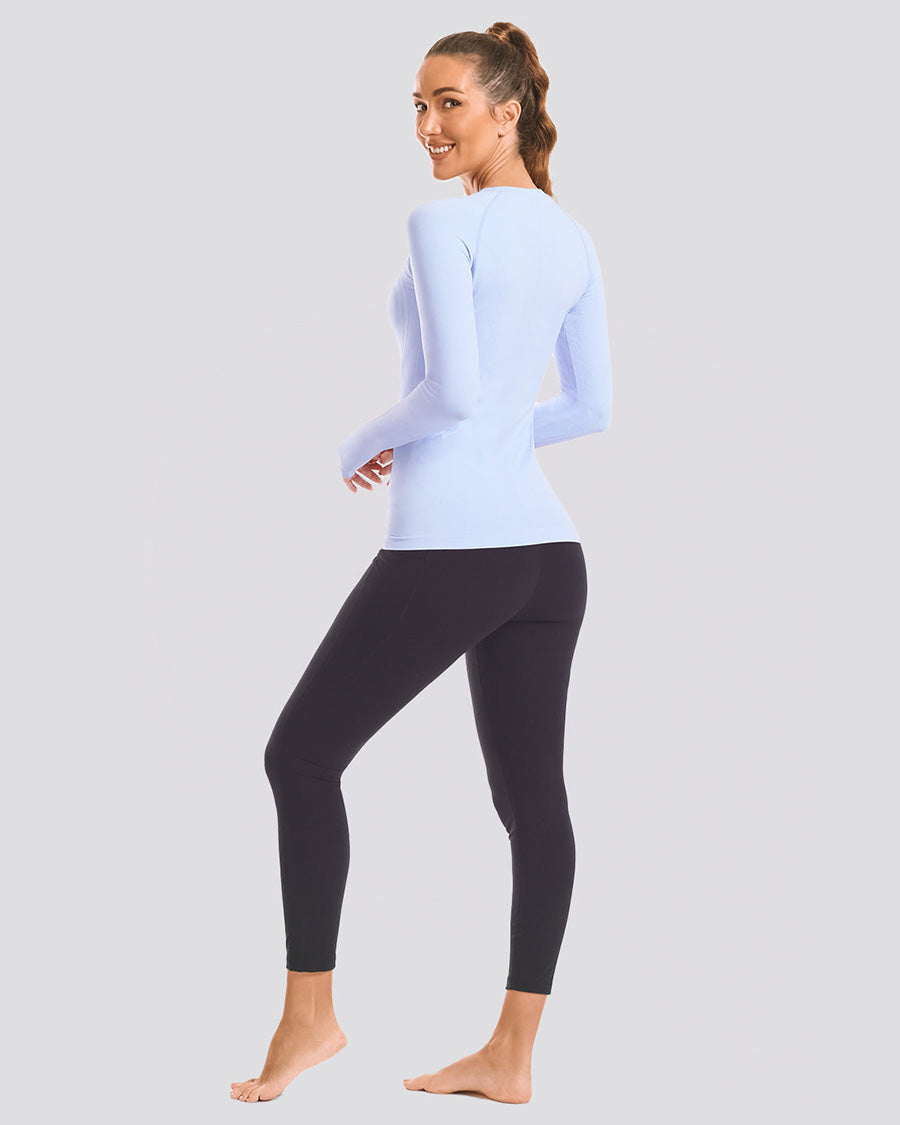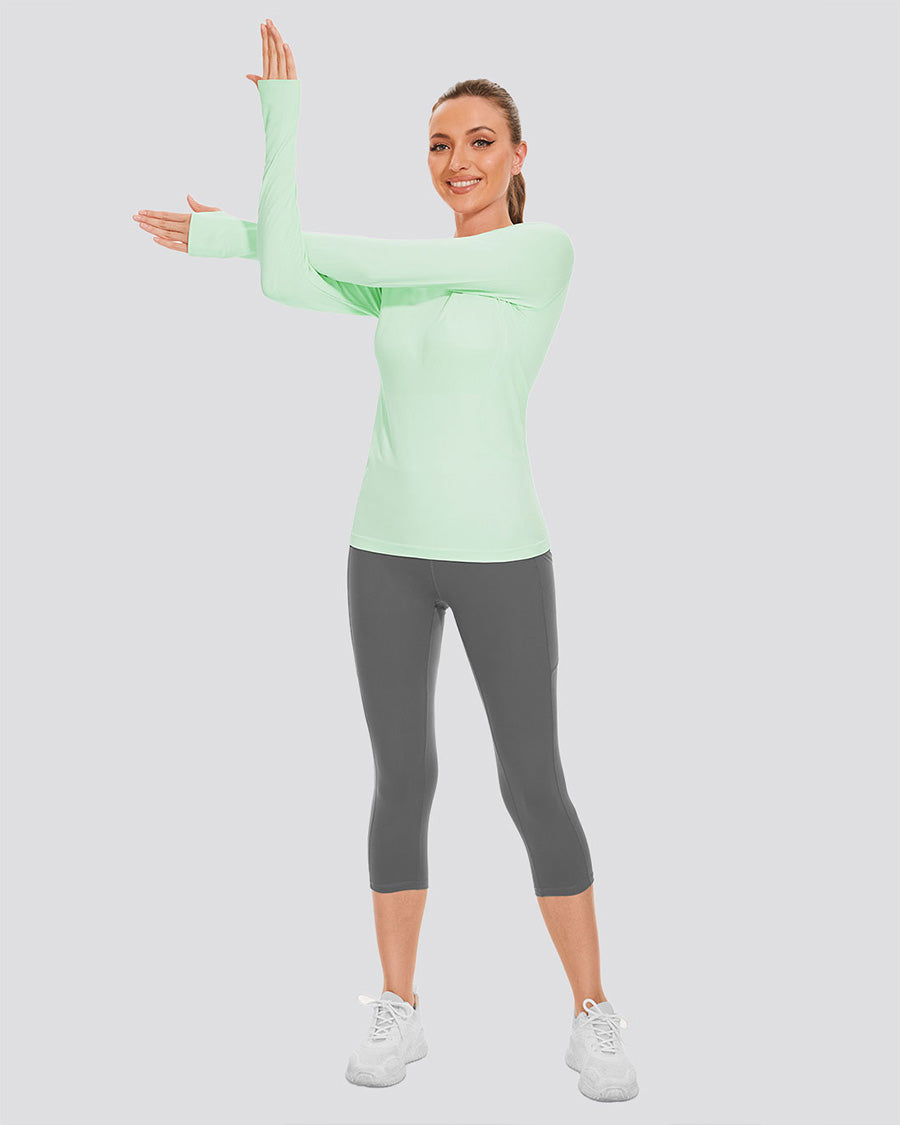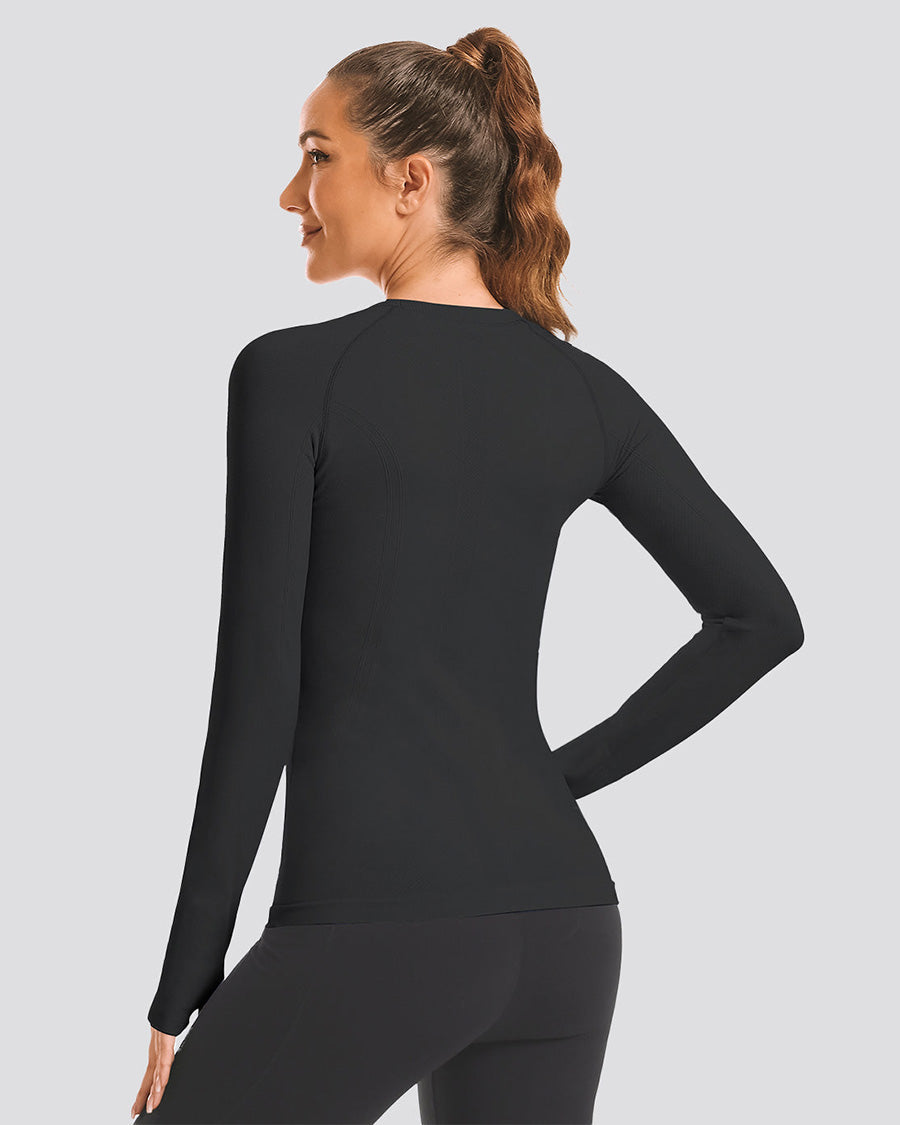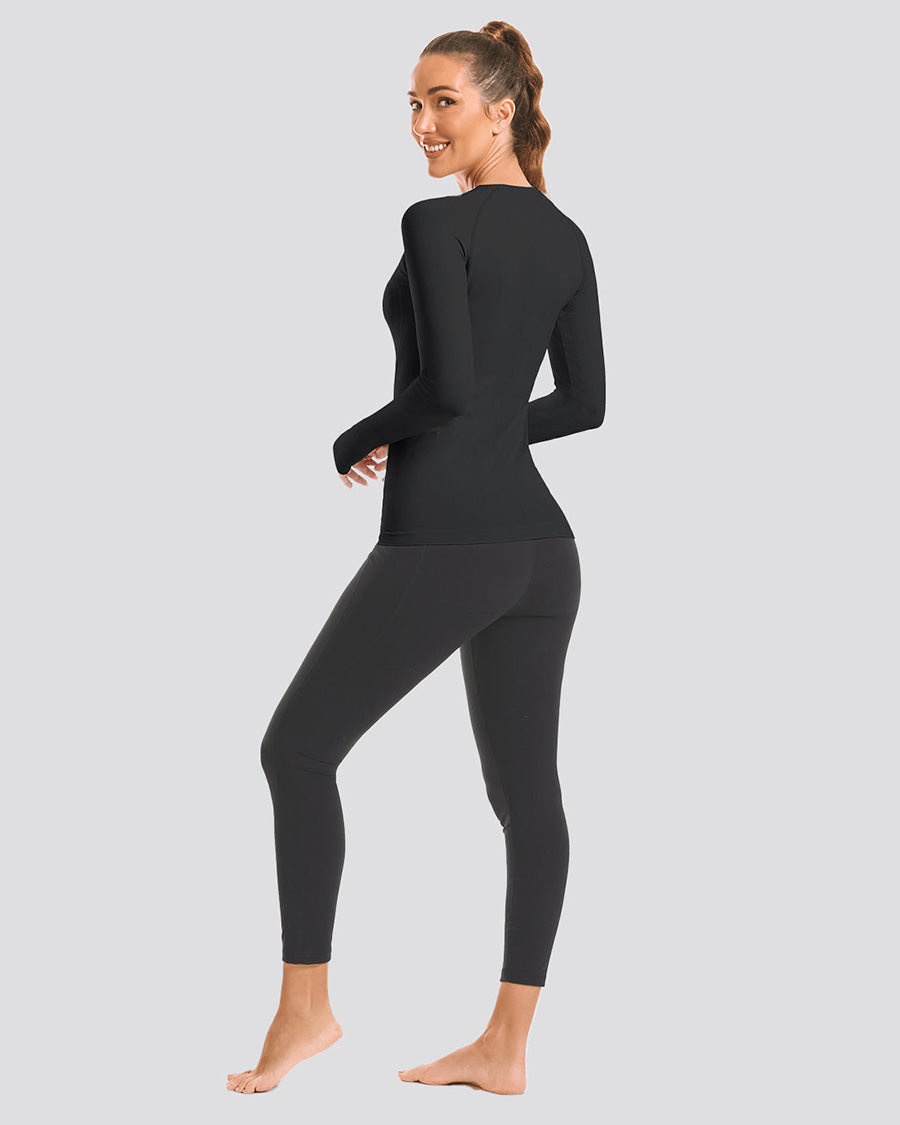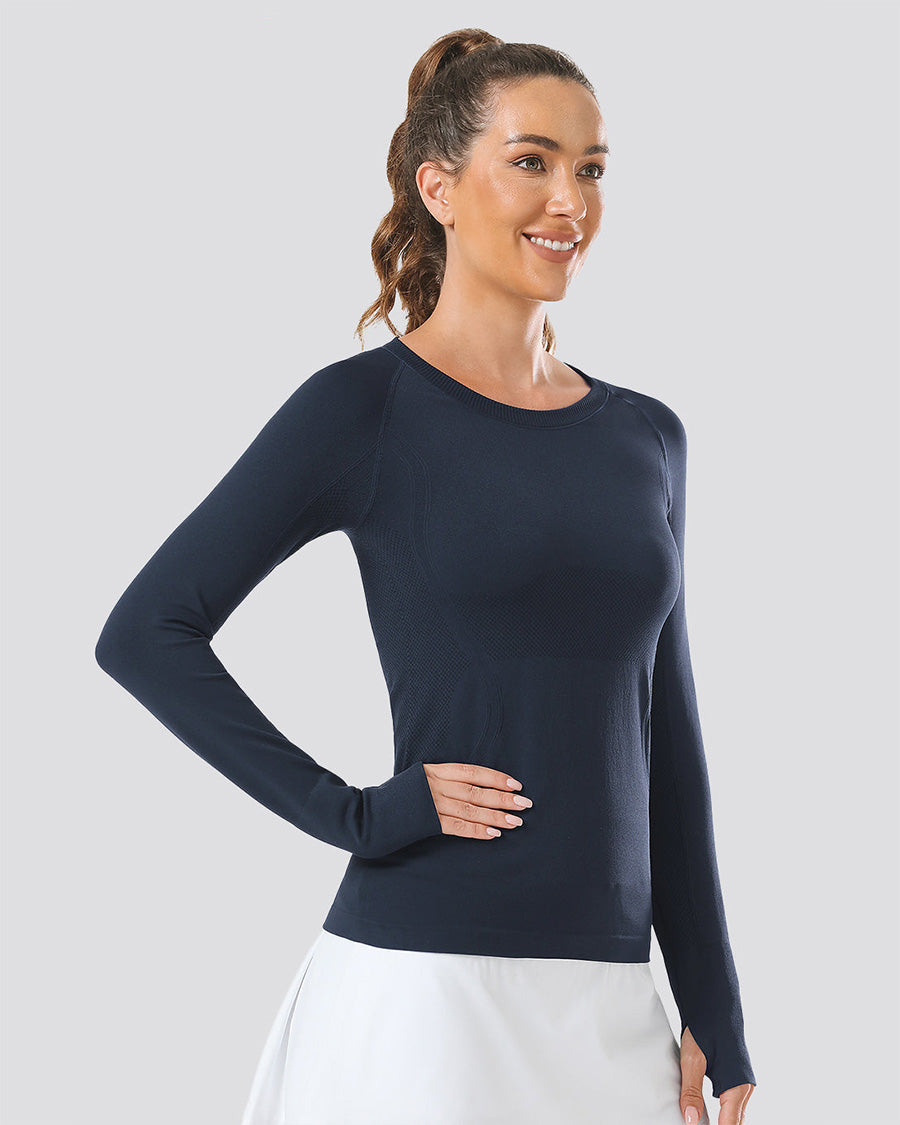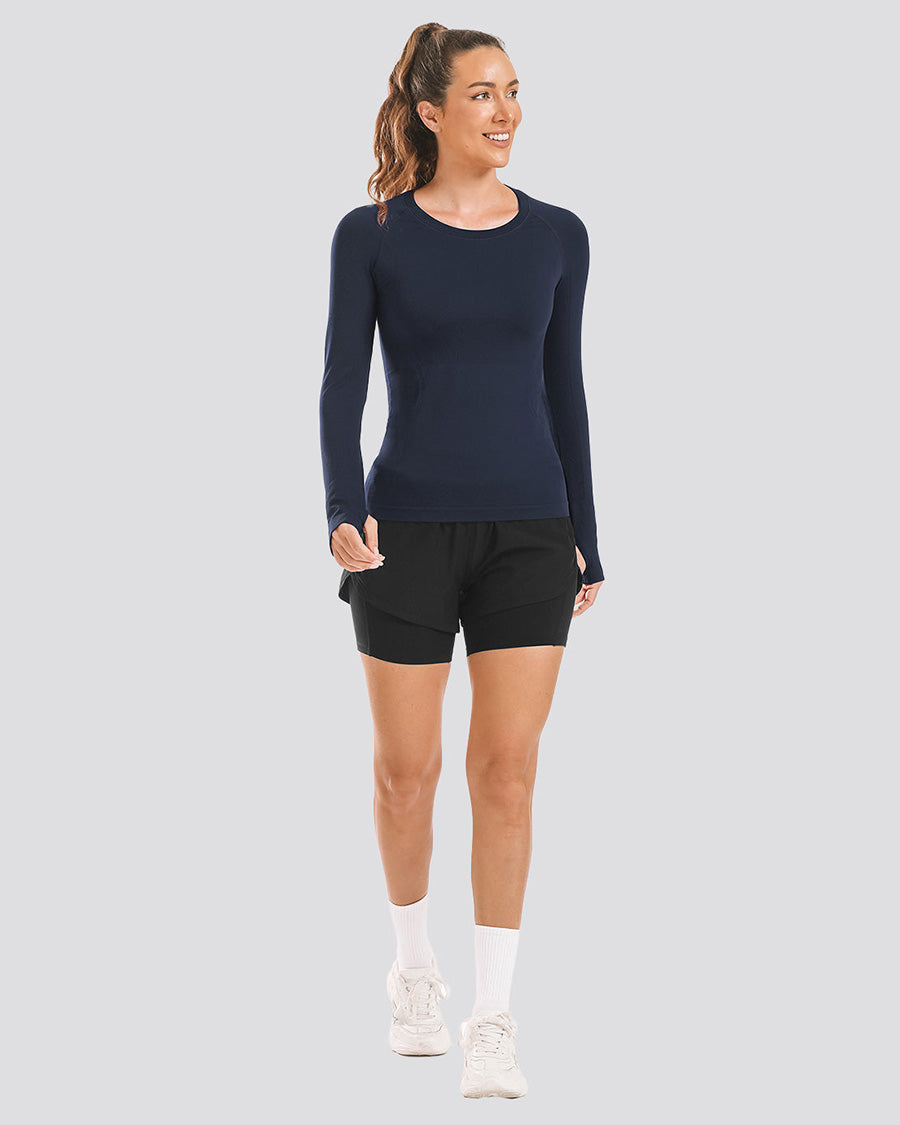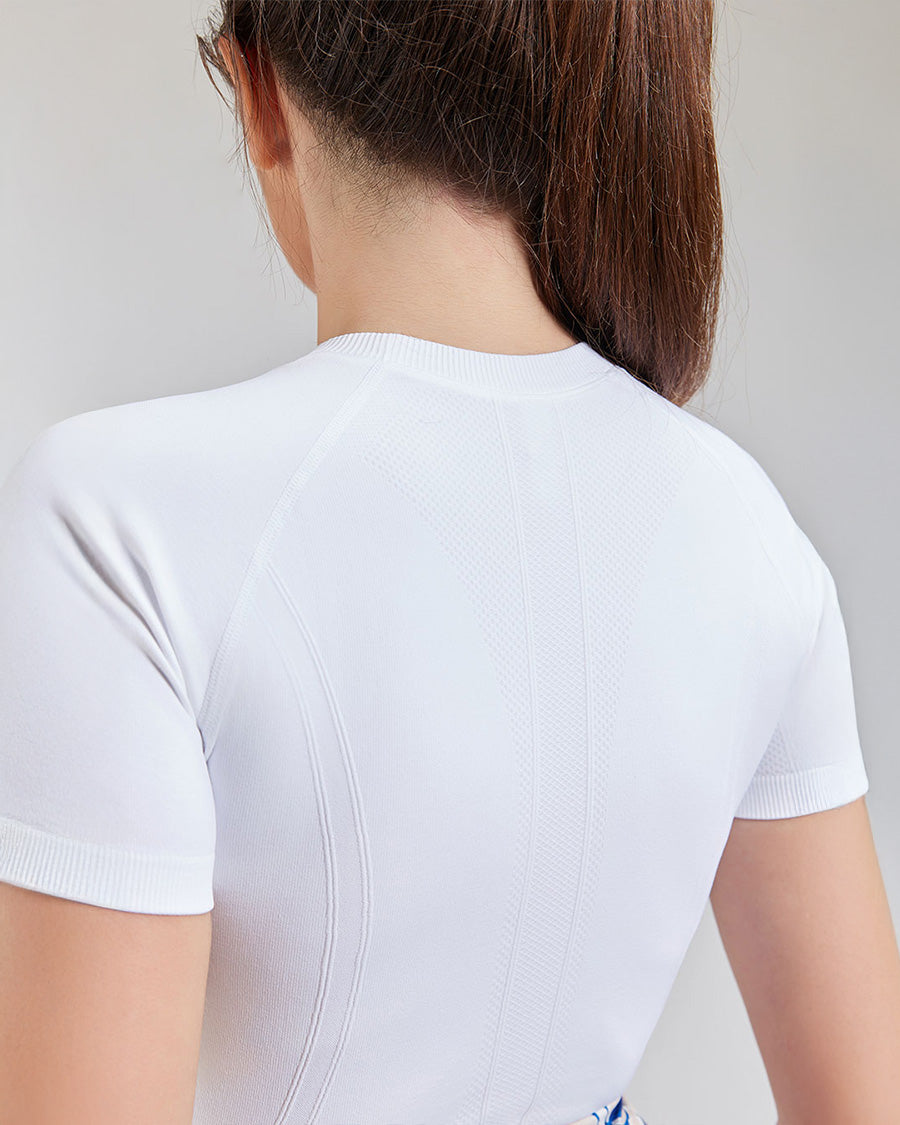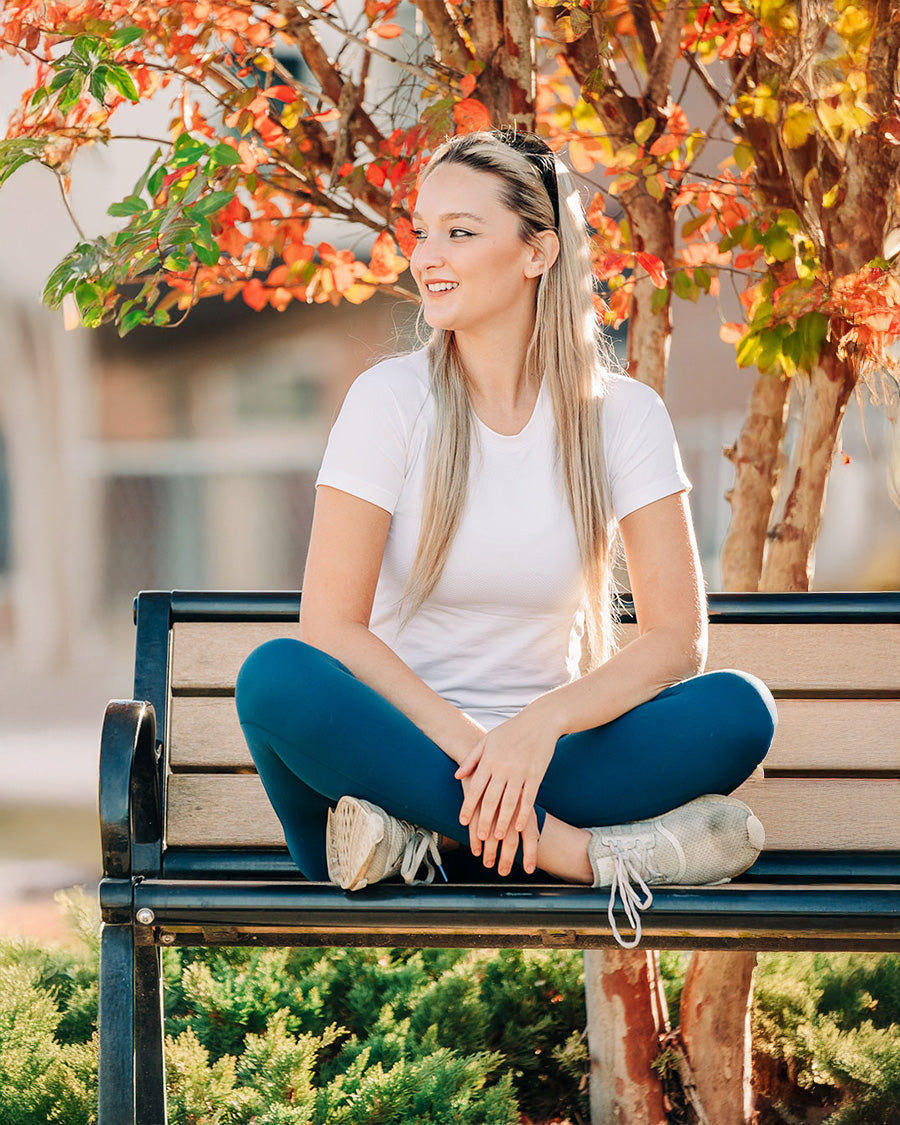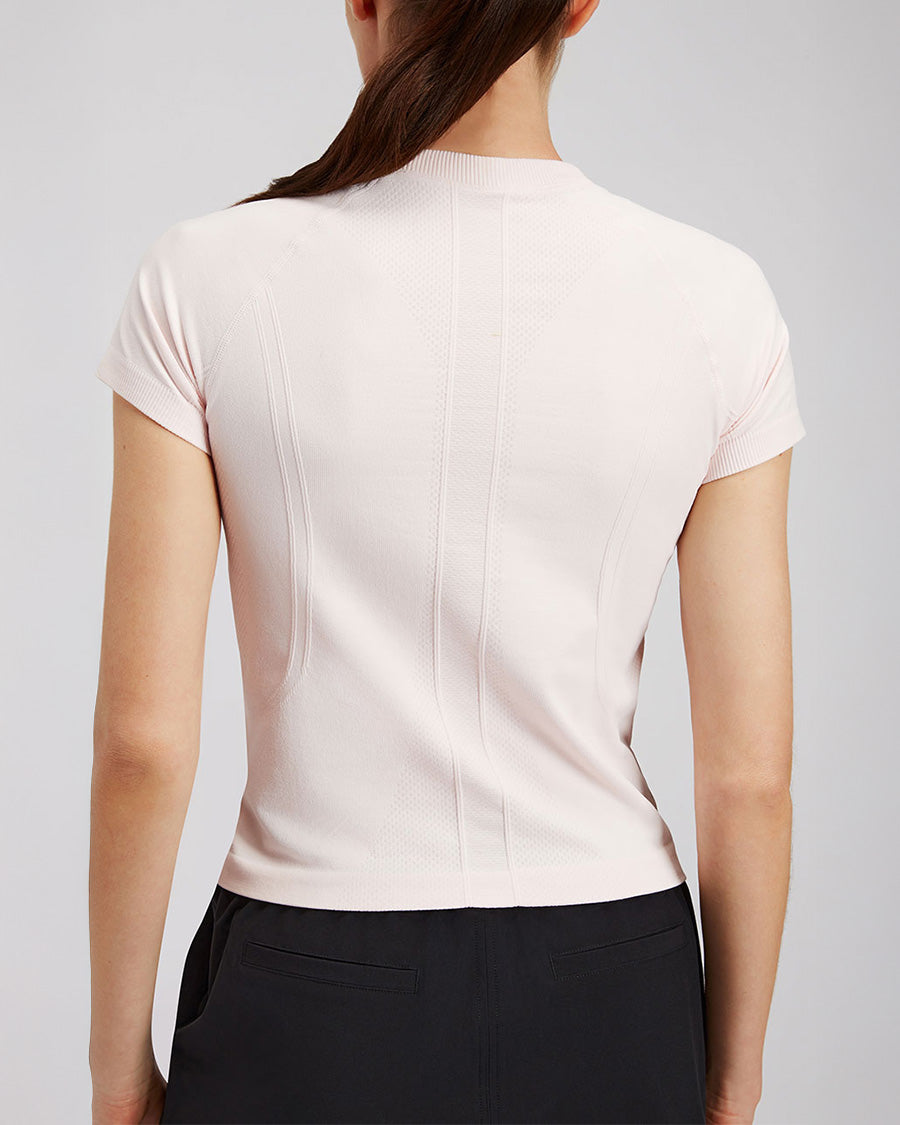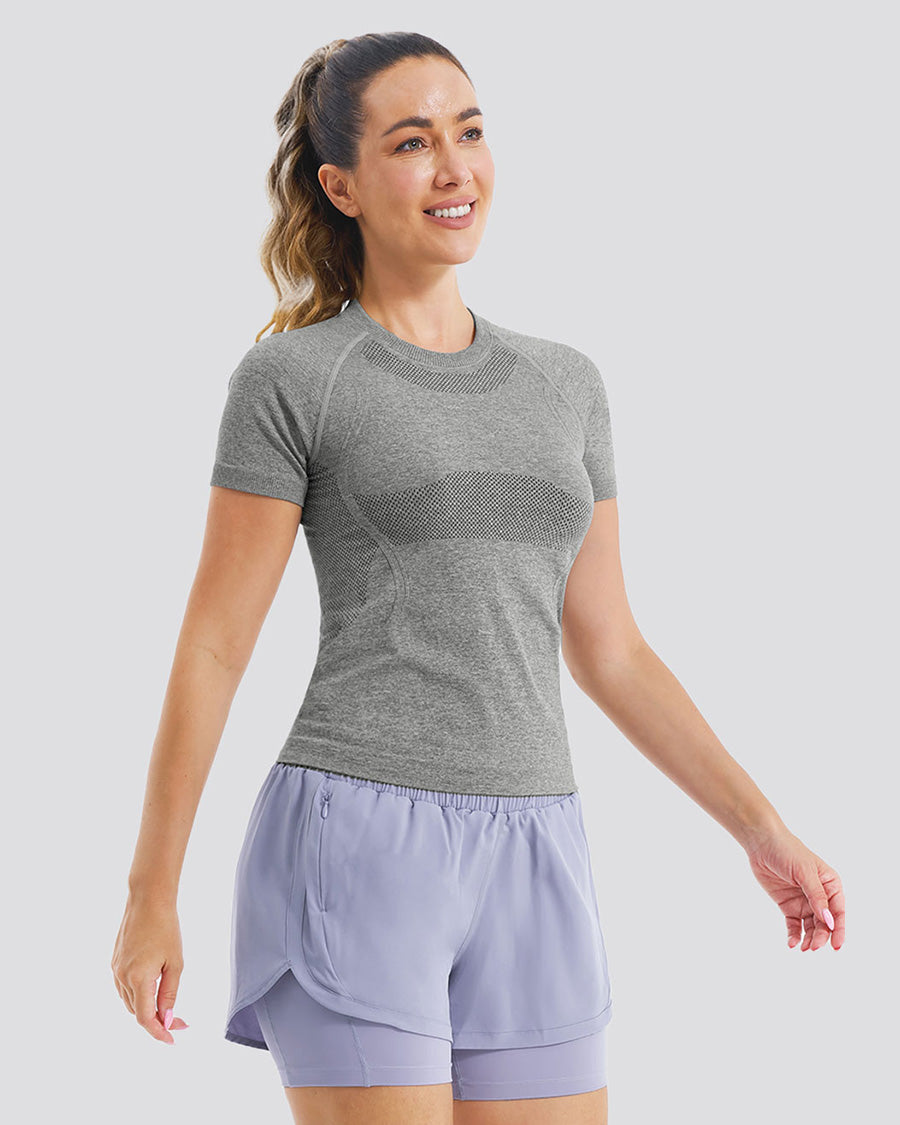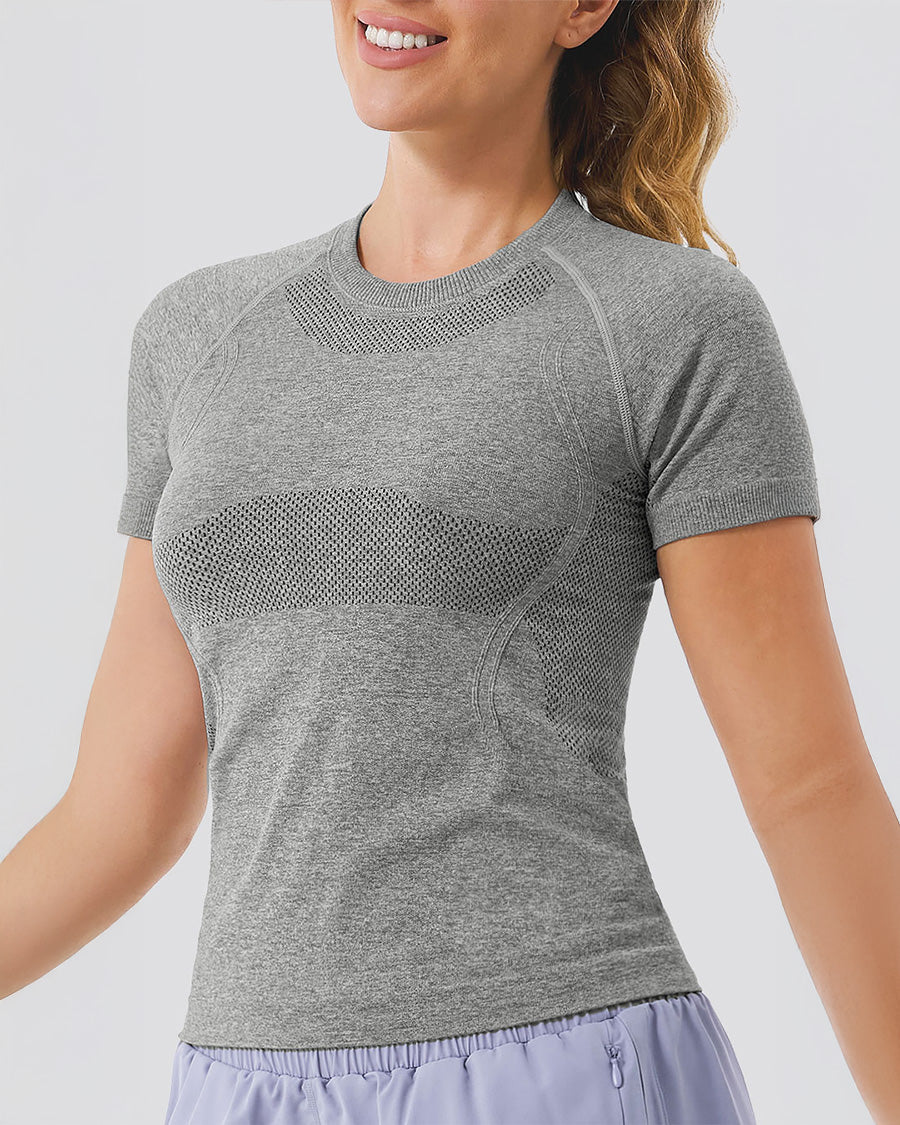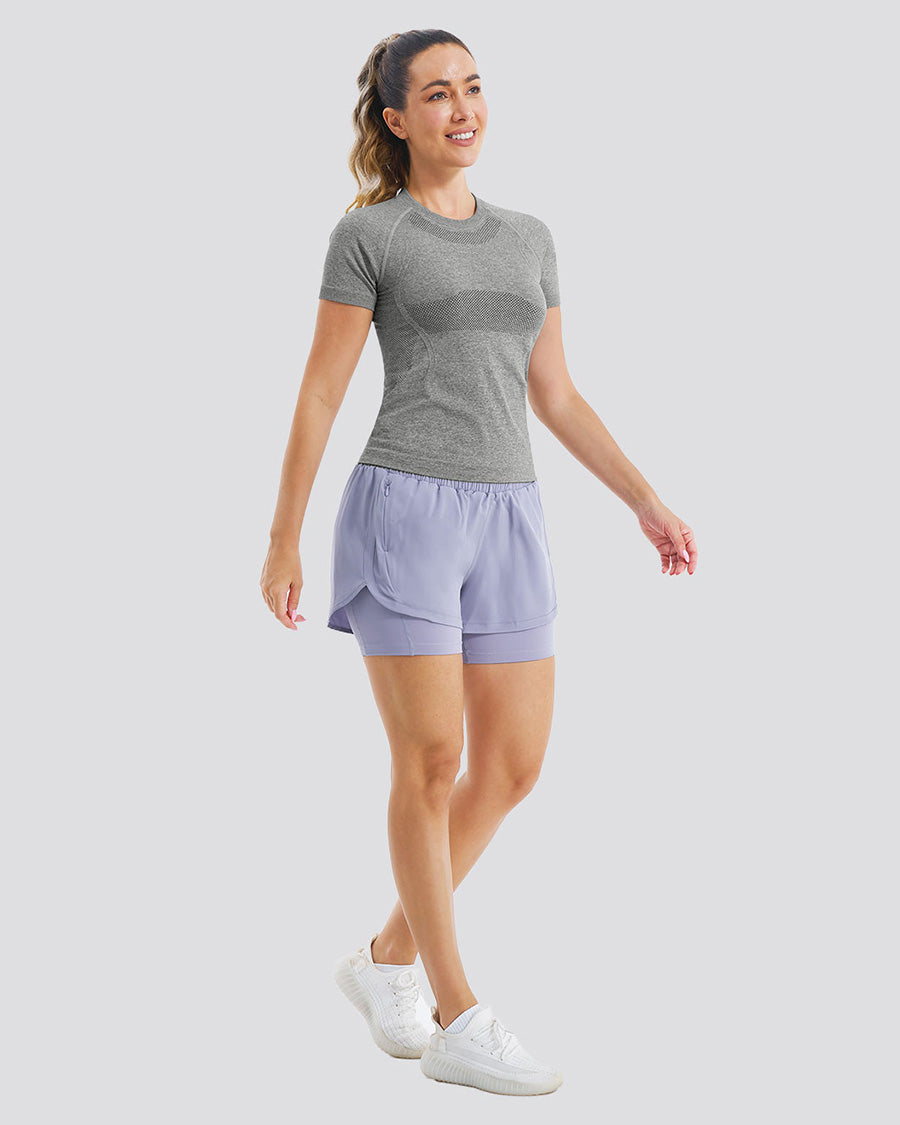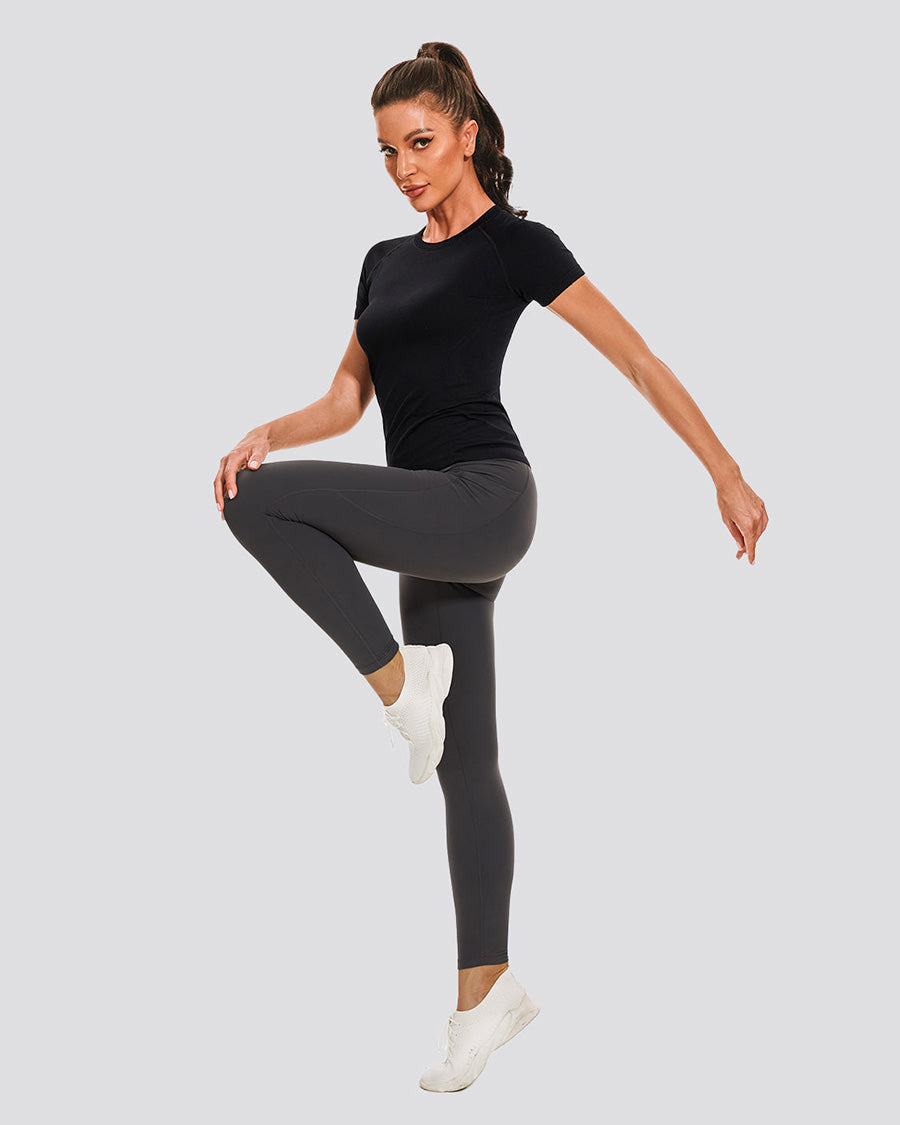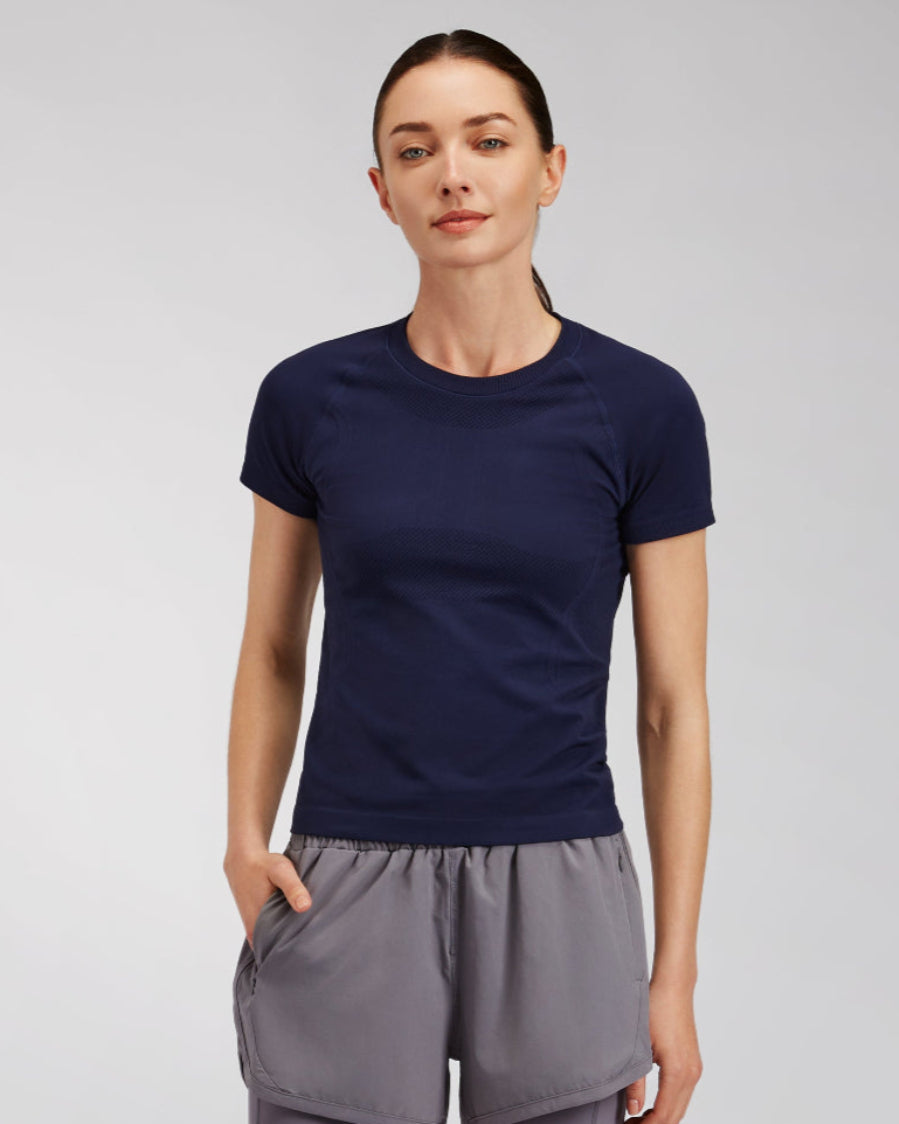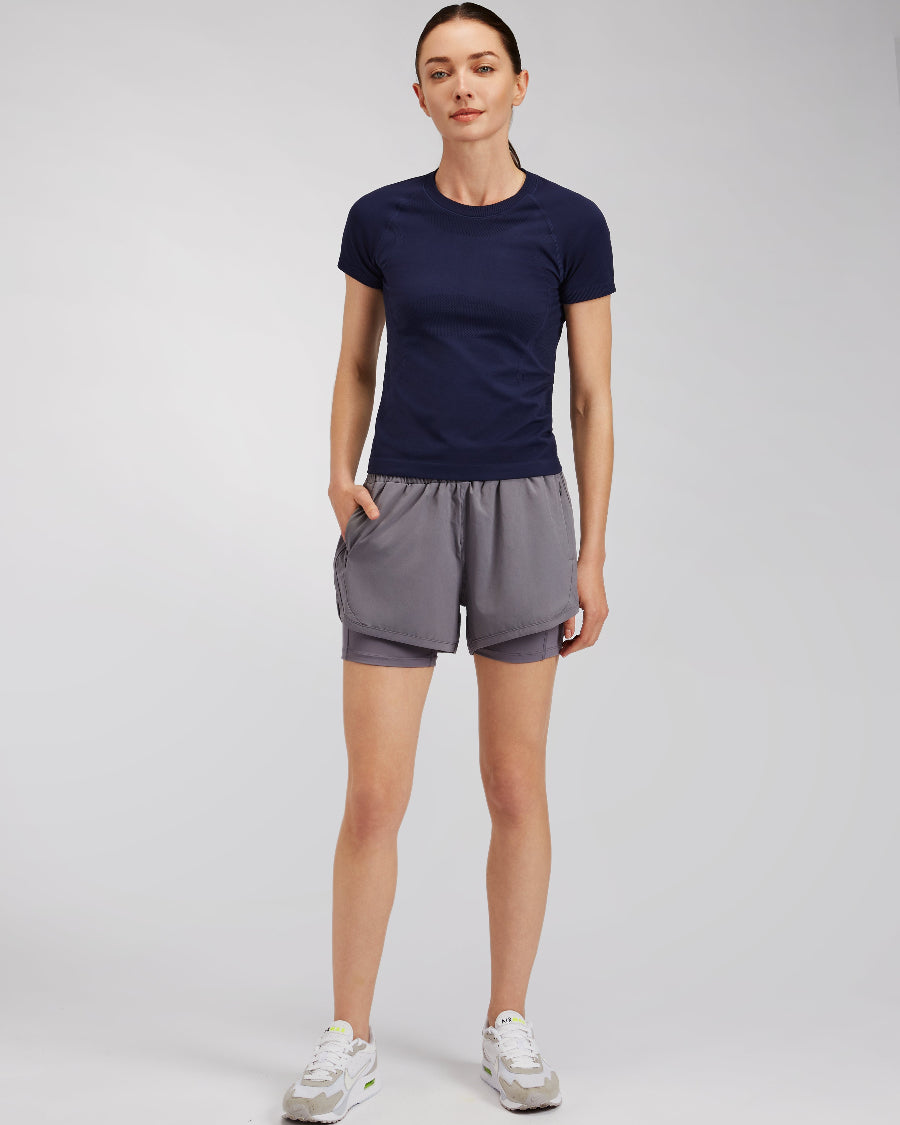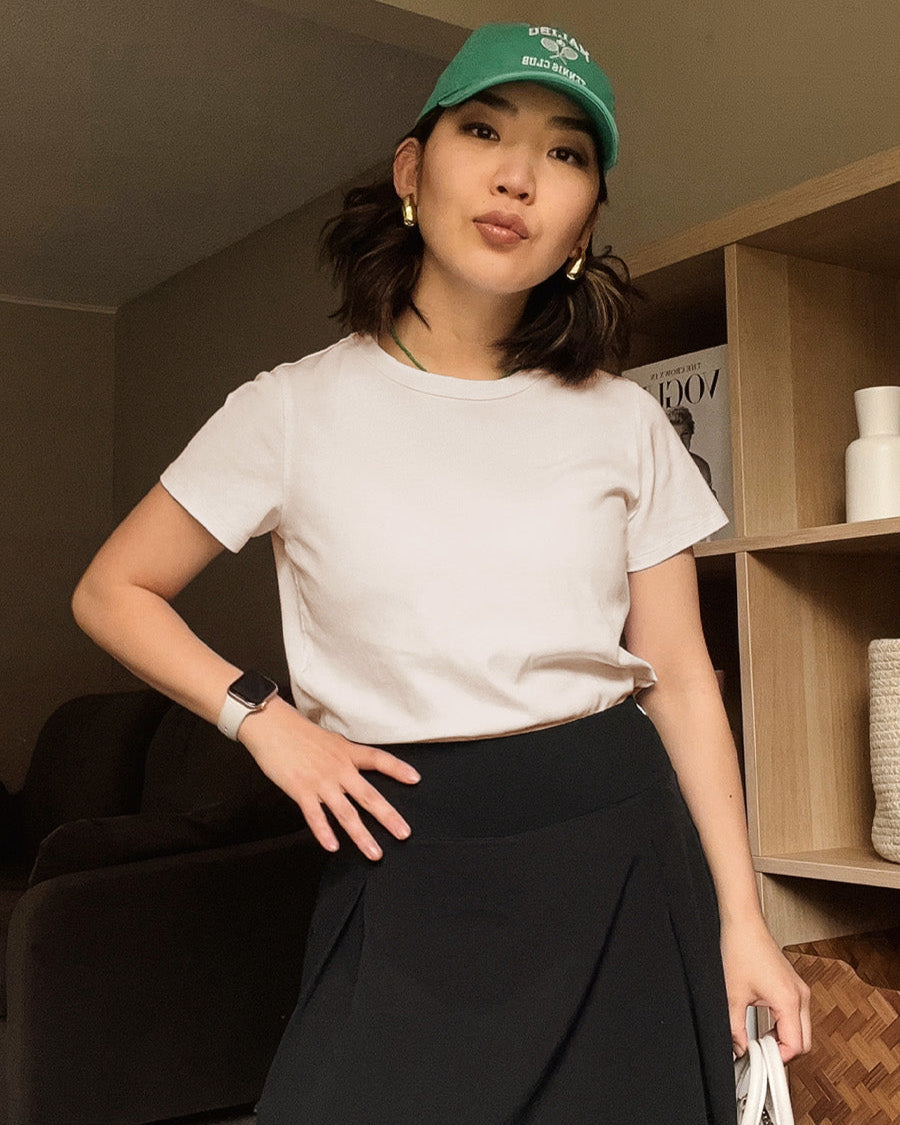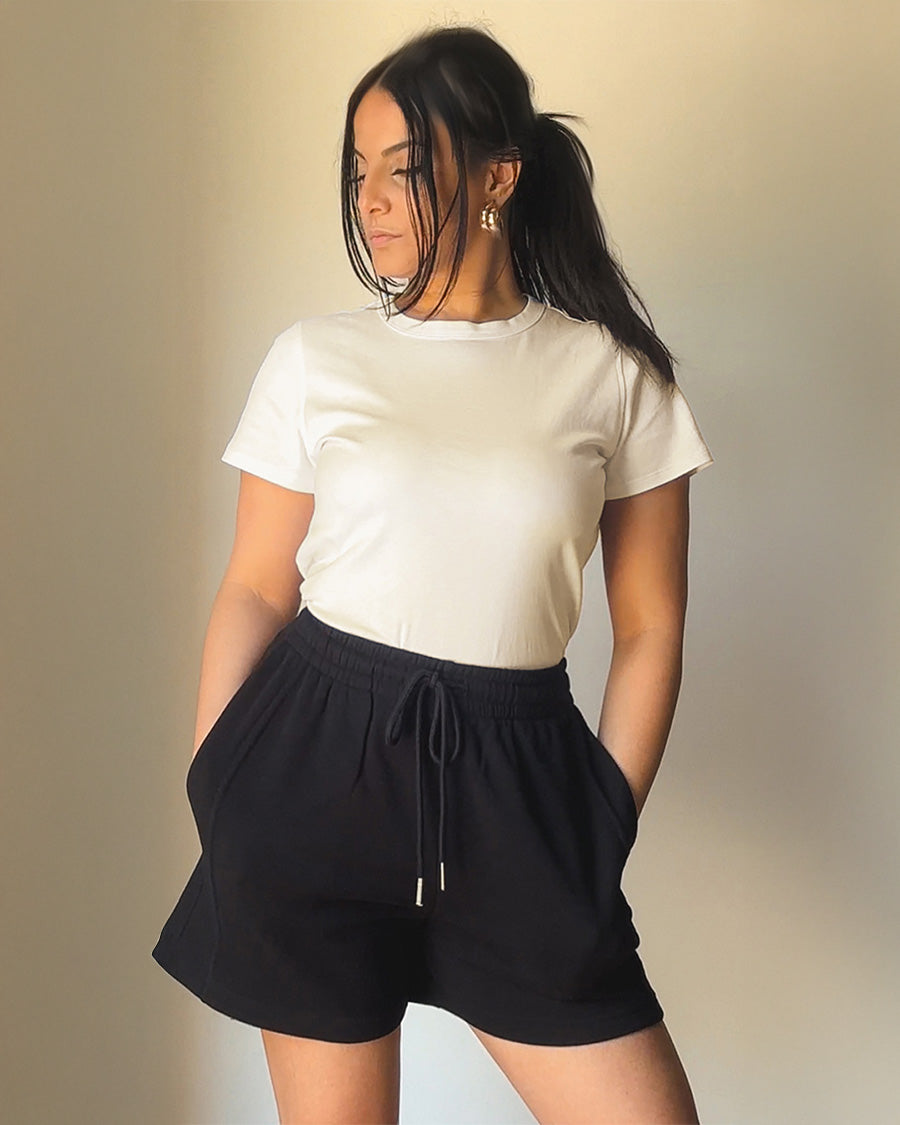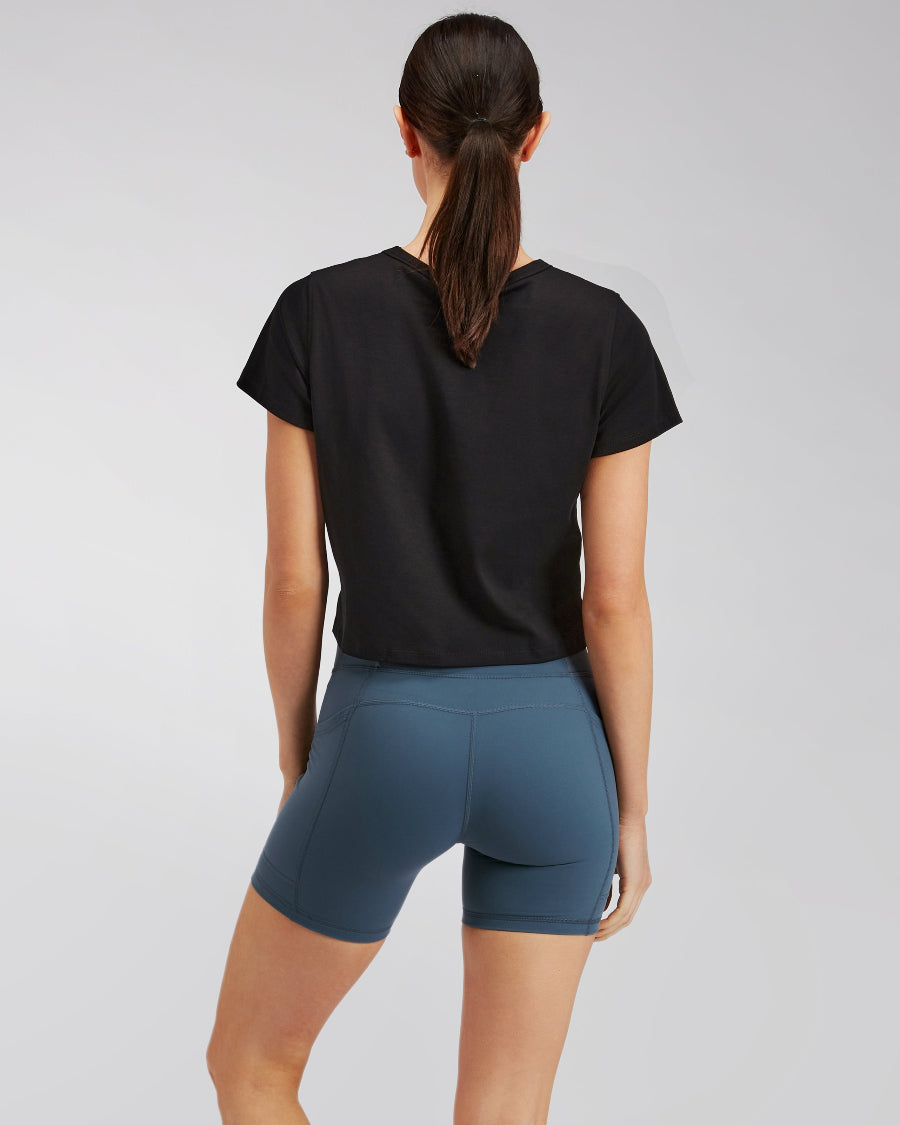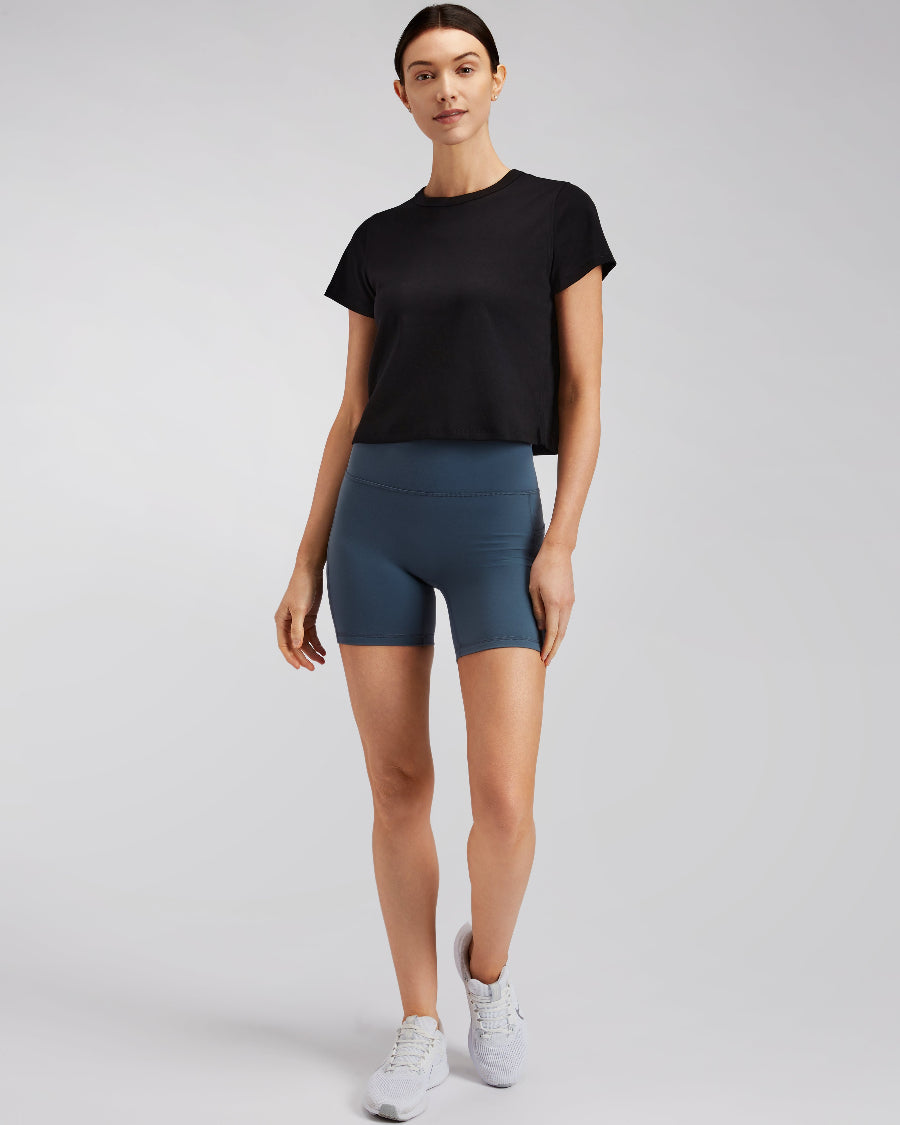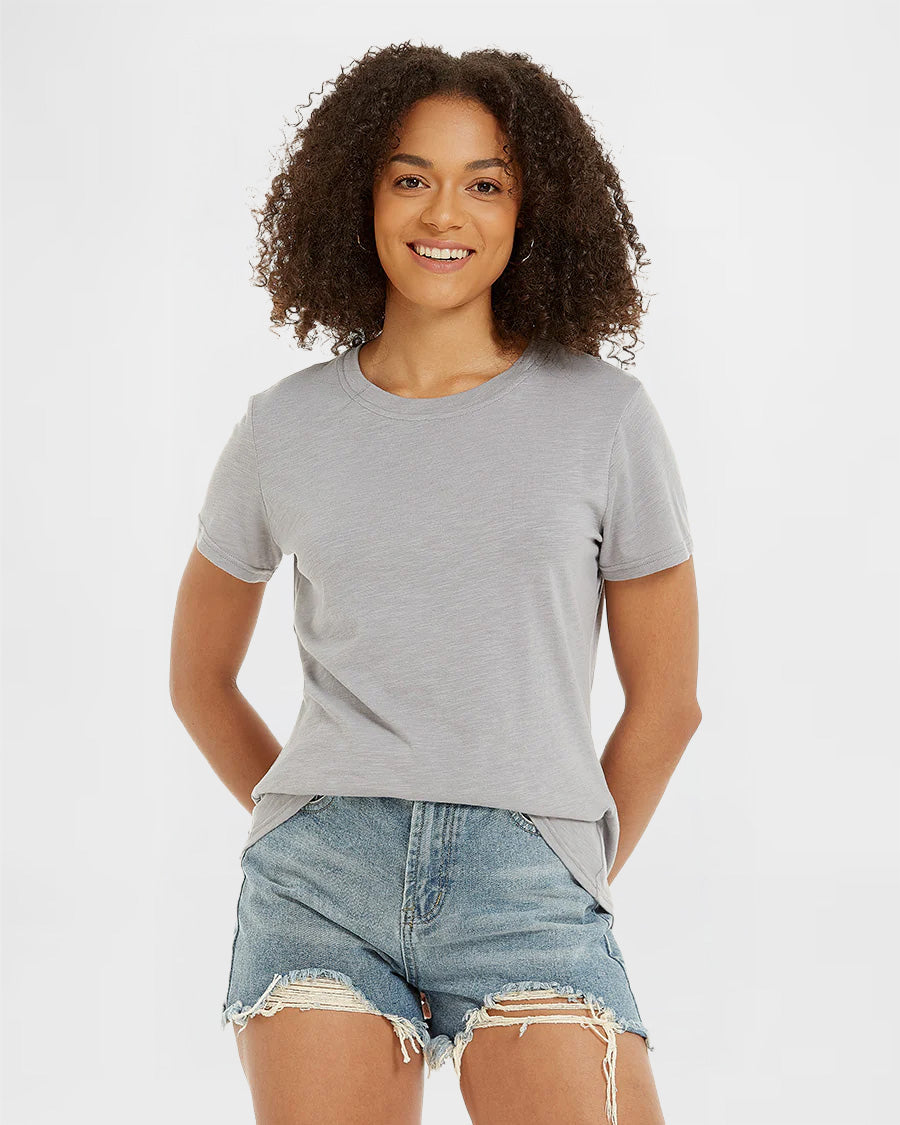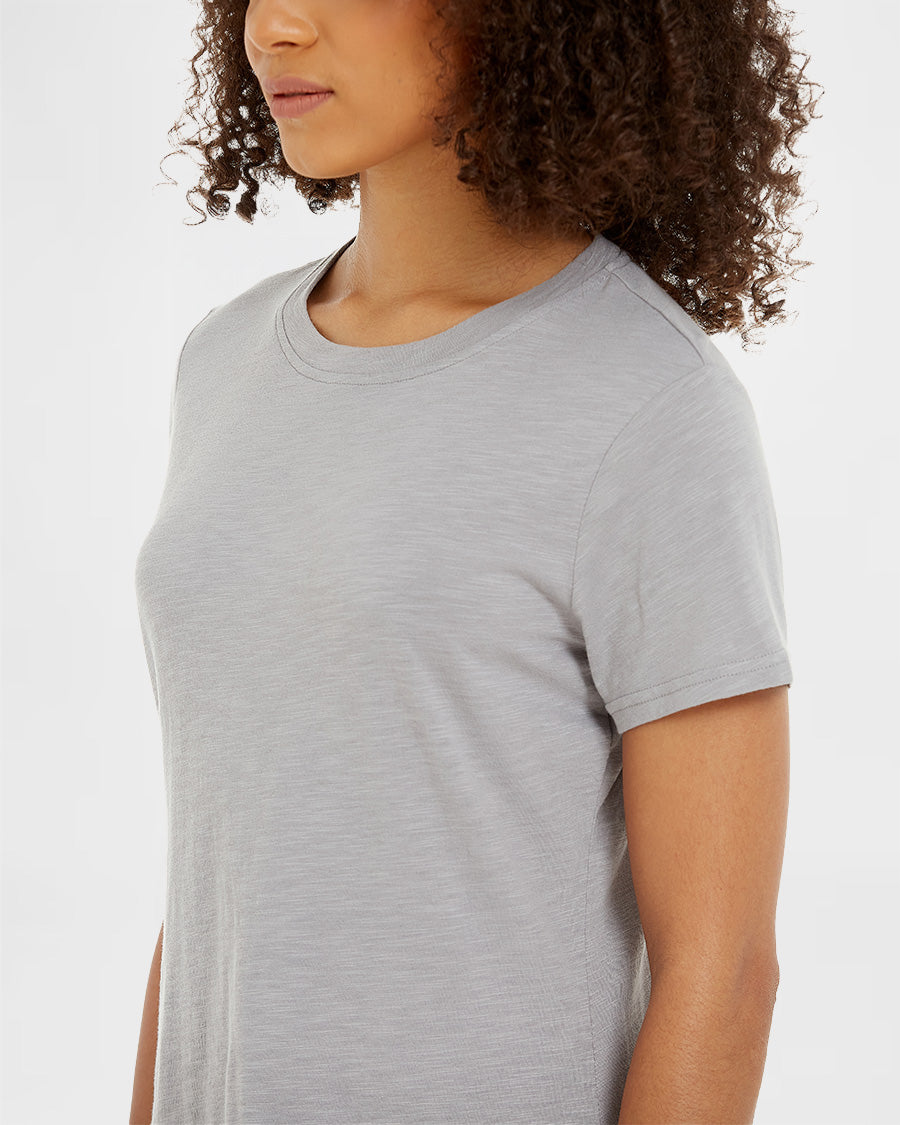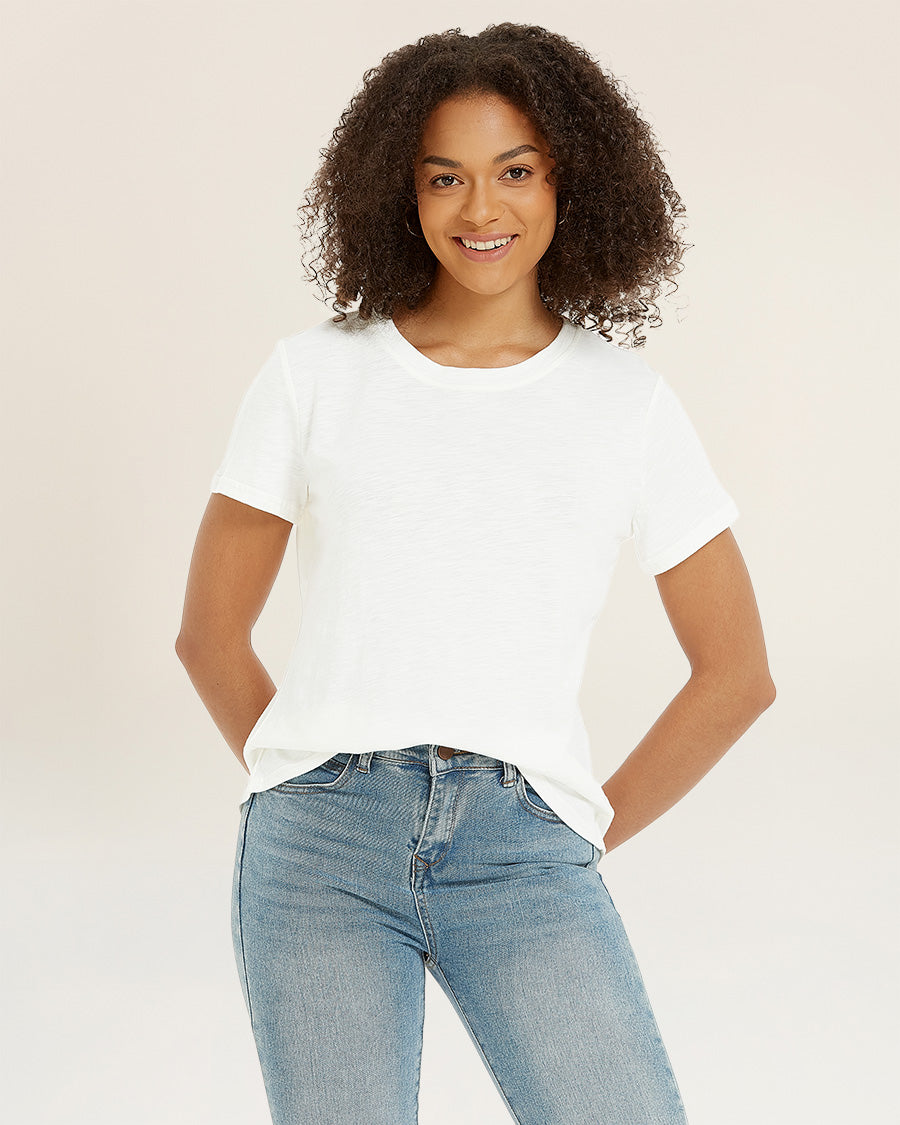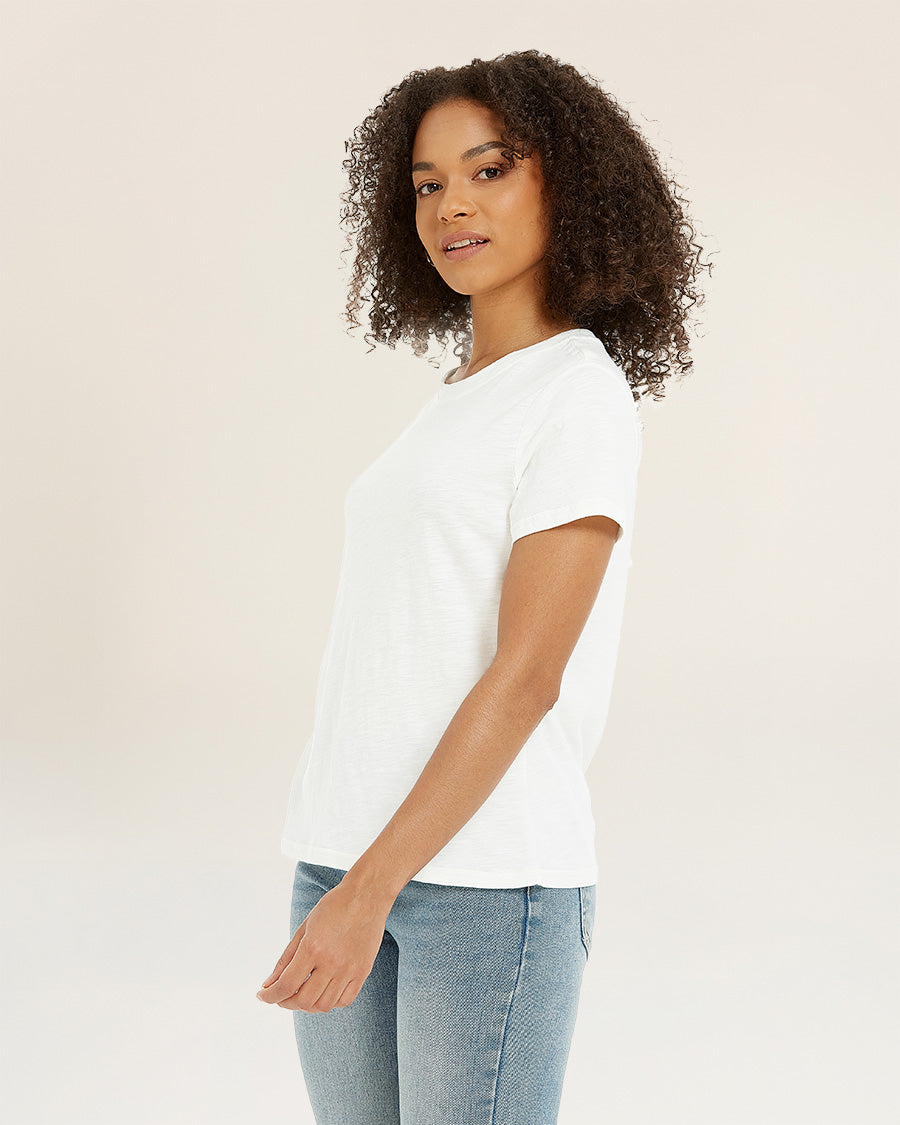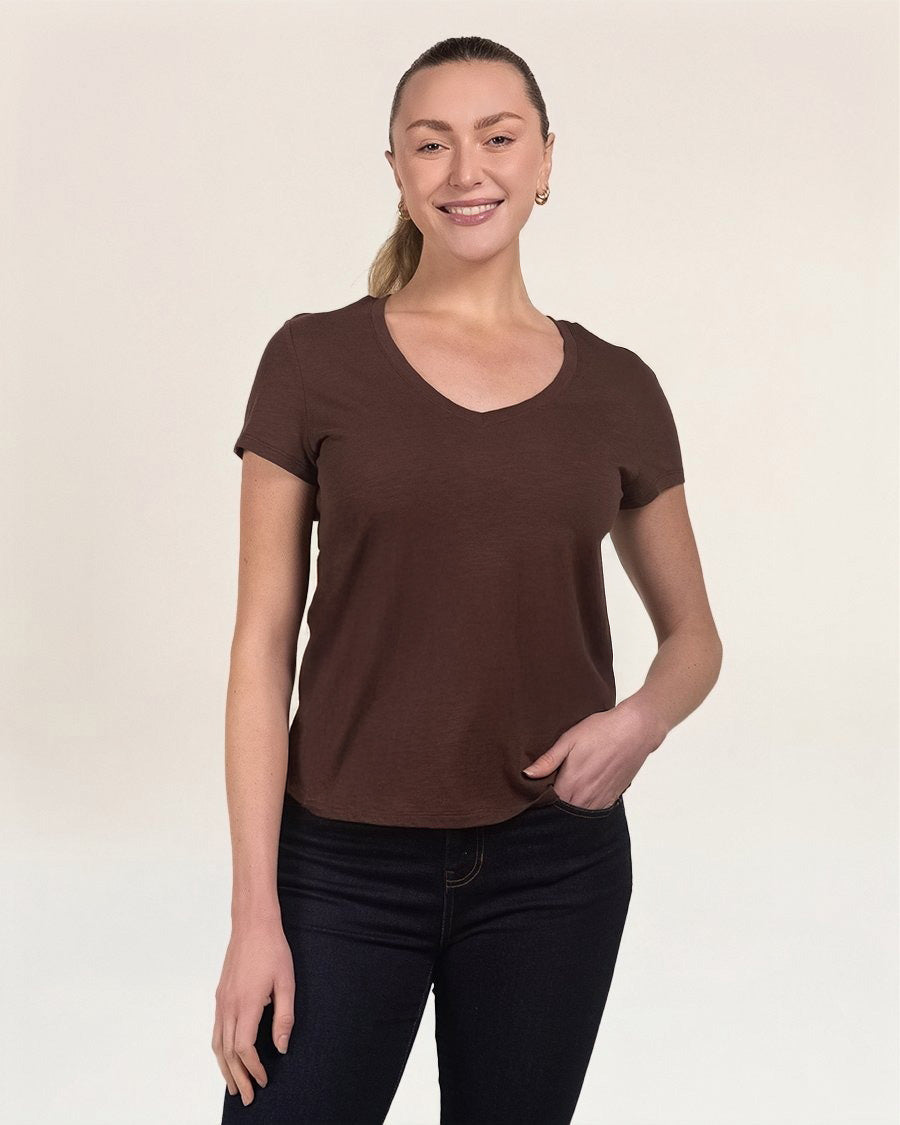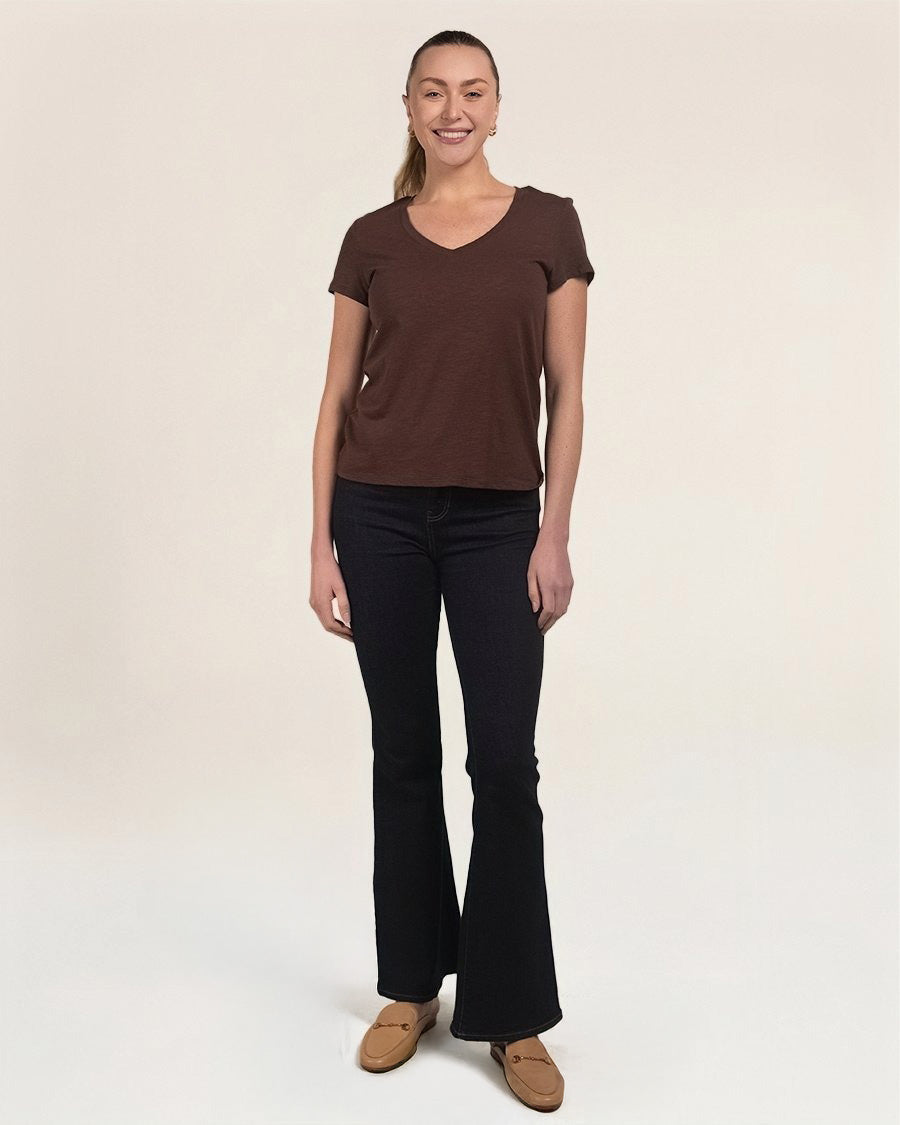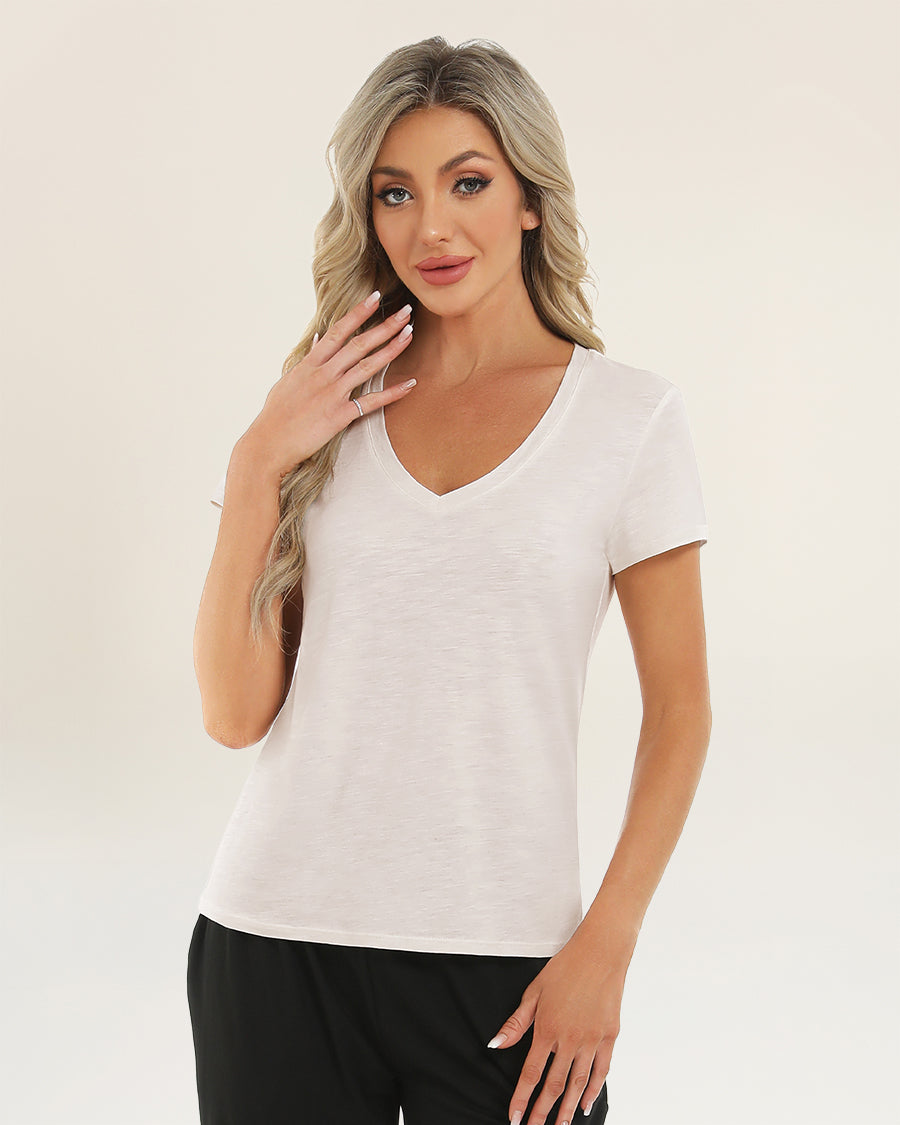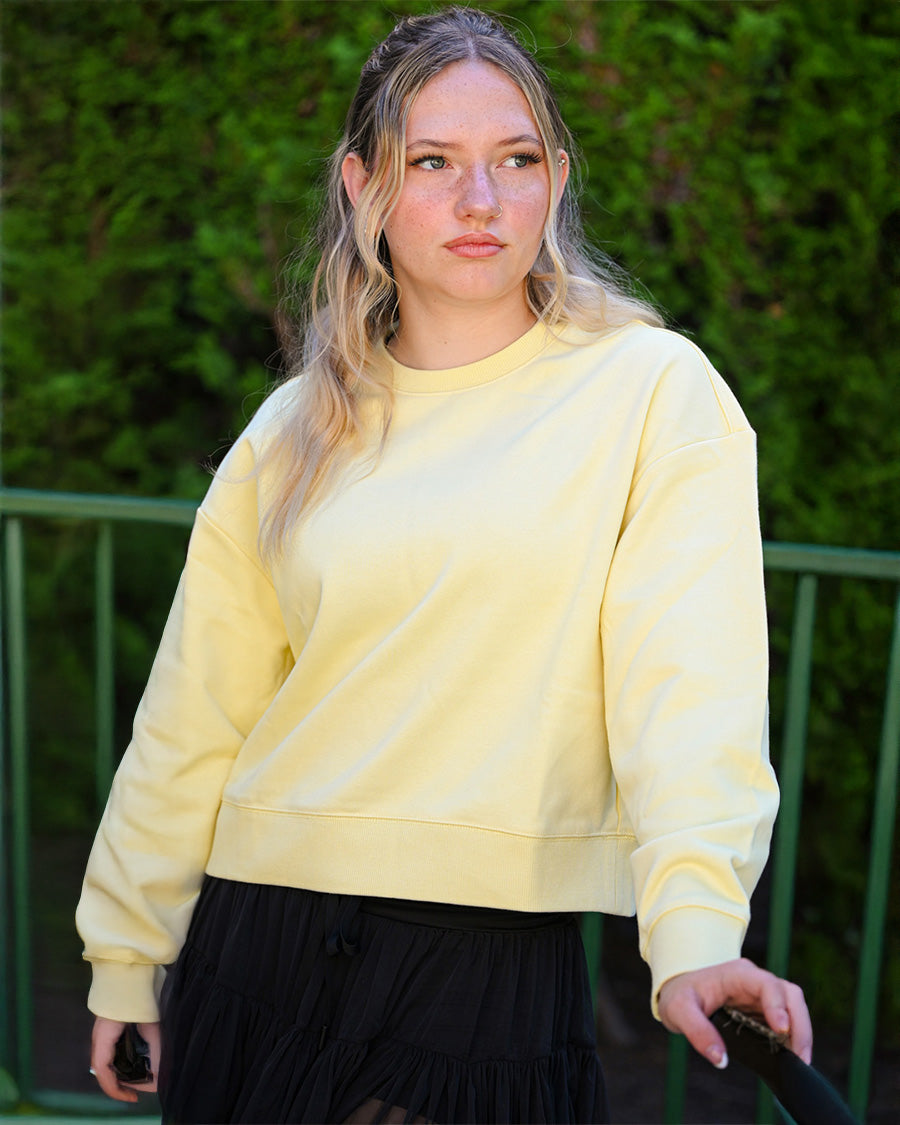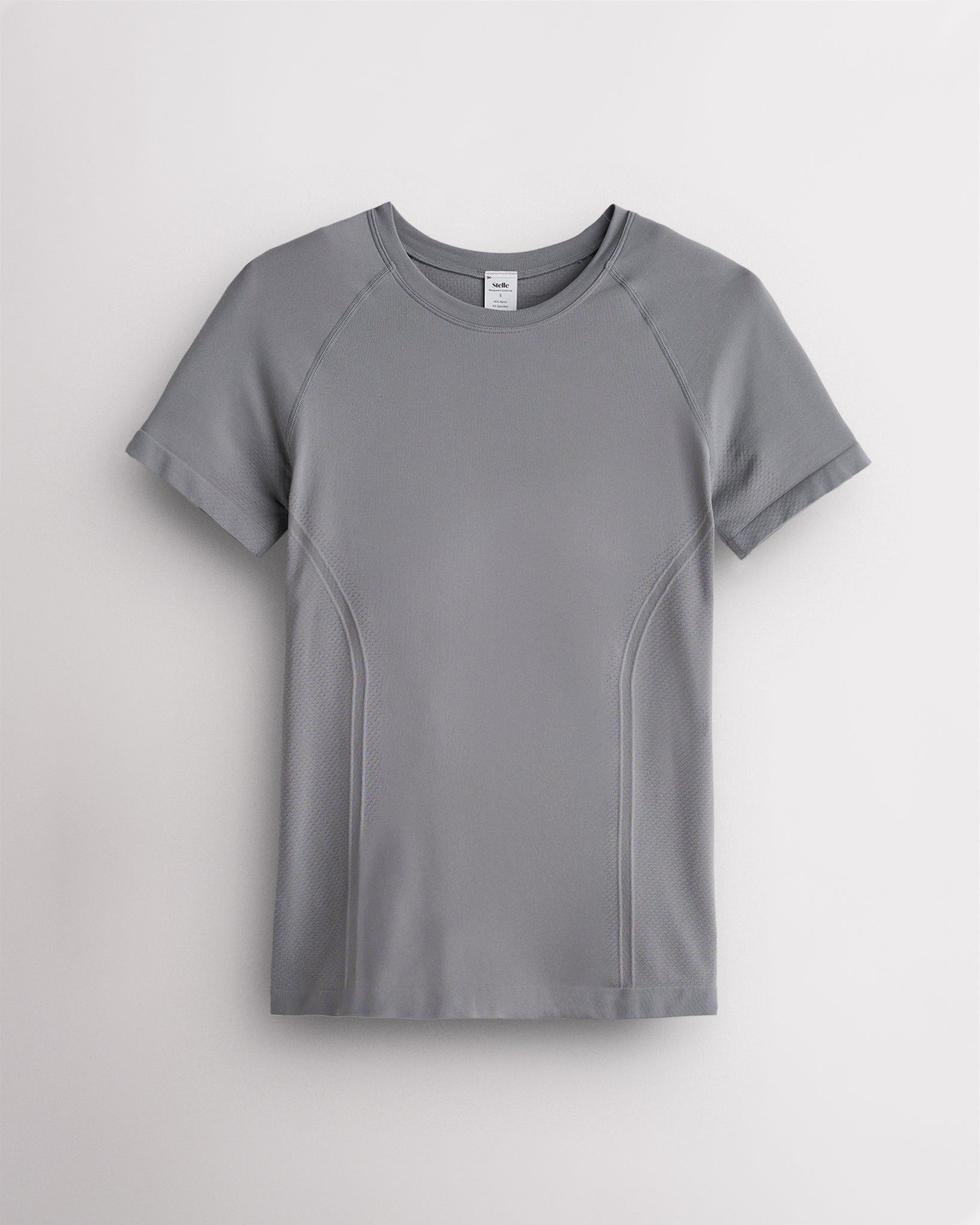Yoga for Beginners: A Busy Parent's Guide to Stress Relief & Family Bonding
Table of contents
Being a parent is undoubtedly one of the best feelings in the world. However, because your life is mostly centered around the development of your little one, you can rarely find time for yourself. As the responsibilities start piling up, so does your stress and anxiety, and ultimately, both your physical and mental health take a toll. That’s the last thing you want, right?
At Stelle, we believe that everyone deserves self-care, even the busiest moms. If you’ve been feeling like you’re carrying the weight of the world lately, allow us to introduce you to a practice that will wonderfully improve your health and well-being – yoga for beginners!
When you hear yoga, you’re most likely imagining “flowing” through positions in a peaceful environment. While there is some truth to this, yoga for beginners is so much more than that! This ancient practice allows you to restore your body and mind so you can handle all of your parenting responsibilities easily and gracefully.
And here's a secret busy moms love: many foundational yoga poses double as elite dancer's flexibility exercises. The same forward folds that keep ballerinas limber can relieve your back pain after hours of carrying toddlers. Think of it as self-care that secretly trains you for the ultimate endurance test - parenting!
If you have never stepped foot on a mat before, there’s nothing to worry about! We created this yoga for beginners guide to show you all the wonderful benefits this practice brings, so you can become an even better parent than you already are!
Getting Started With Yoga For Beginners
1. How Can I Learn Yoga On My Own?
There’s a very big misconception that yoga for beginners can only be taught in a studio. Considering your busy schedule, you may rarely have the time to visit one, let alone fully commit to the practice. Luckily, you can do yoga from the comfort of your own home! Thanks to modern technology, there are many apps and platforms that offer online yoga classes, some of which are completely free! Additionally, these courses are suitable for all types of levels, so you can easily find the one most suitable for you.
2. How Many Times Should I Practice Yoga As A Beginner?
There’s no set answer for how many times you should practice yoga for beginners. Generally, by spending 15-20 minutes two or three times per week practising, you will be able to experience the benefits of yoga. Naturally, as you progress, your sessions will be longer and they will start feeling easier. The most important thing, however, is to always stay committed and dedicated, no matter how busy your schedule may get.
3. What Is The First Rule Of Yoga?
As previously mentioned, yoga for beginners isn’t about holding your body in a certain position for a set amount of time. Instead, the basis of yoga begins with gaining awareness of the present moment and recognizing your own capacity. If you push your body more than it can handle, you won’t experience the positive impact yoga brings. For that reason, listen to your body’s signals and limits while gently exploring new possibilities.
4. Is Yoga For Weight Loss Effective?
It’s true that yoga isn’t as dynamic and high-paced as your regular gym cardio session. Still, yoga for weight loss can actually help you shed those excess pounds that have been bothering you for some time! Additionally, regular practice builds lean muscle mass and lowers cortisol, which is responsible for creating stress and body fat. A 2016 Journal of Clinical & Diagnostic Research article demonstrated participants gained better body mass index and smaller waist size after practicing yoga for 12 weeks when compared to control participants. Since you’ll also experience a much clearer mind, you won’t be tempted to indulge in those late-night visits to the fridge, and you’ll also sleep better than ever!
Best Types Of Yoga for Busy Parents
Once you start exploring the world of yoga, you’ll see that there are many types of it. Since you’re new to the practice, you’re probably wondering which ones are best for busy parents. Well, we’ve done the research and we’re bringing you the best types of yoga for beginners that will prove to be more than effective!
1. Micro-Sessions
You don’t need to dedicate a full hour to your yoga sessions. Sometimes, practicing for just 5 minutes can do wonders for your body and mind. When you find the time for it, start with a Sun Salutation sequence for a quick burst of energy, or do a set of relaxing evening yoga poses. Remember – consistency is much more important than the duration!
2. Chair Yoga For Beginners
Yes, chair yoga is actually a thing! We know that parenting requires a lot of sitting down (homework help rings a bell?). Consequently, this can put a lot of strain on your back and shoulders. Luckily, you can relieve some of that tension by doing free chair yoga for beginners. These poses are performed while you’re sitting down, meaning you can do them anywhere at any time. So, the next time you’re feeling back pain, you know exactly what to do.
3. Somatic Yoga
As amazing as it is, parenting can get really stressful. When you’re feeling overwhelmed due to your responsibilities, just turn to somatic yoga. Unlike asana-based yoga (asanas=poses), somatic yoga emphasizes light movements while being fully aware of your body. Although it may seem like you’re not doing too much, these poses are effective stress relievers and will help you alleviate the tension in your body.
Essential Yoga Poses for Beginners
Wondering where to start with yoga for beginners? The following poses are the perfect starting points. They won’t put any strain on your body, and they’re very easy to do at home!
1. Mountain Pose (Tadasana)
Place your feet at hip distance while standing straight with your body weight equally distributed between your feet. Proper alignment, together with body awareness, is the starting point that every standing yoga pose requires to master.
2. Child's Pose (Balasana)
Place knees on the floor before sitting back, while arms extend forward with the forehead touching the mat. The posture enables gentle back stretching and calm relaxation, which works well as a stress release from the challenges of parenting duties.
3. Cat-Cow Flow
Perform back extensions and flexions by following your breath pattern when you are on hands and knees. The graceful body postures help both spine flexibility and core awareness to expand and strengthen.
4. Downward-Facing Dog (Adho Mukha Svanasana)
Without moving your feet, form an inverted V-shape that performs muscle stretches and spinal lengthening. The body position stretches both arms and legs and eases lower back strain, which may be caused by carrying your child too much.
5. Warrior II (Virabhadrasana II)
Warrior II stance provides benefits to both leg strength and stamina, as well as hip flexibility, since these body parts may be affected by common behaviors of carrying children and prolonged sitting.
Should You Include Kids In Your Yoga Sessions?
The short answer – yes! Because yoga for beginners is a serene practice, you may think that you need a quiet space for it. However, with your kids running around, that might practically be impossible. So, why not include them in your practice?
Kids’ minds are like sponges – they mimic everything they see, especially when from their parents. With that in mind, when they see you engaging in self-care practices such as yoga, they’ll be tempted to do the same. Obviously, they won’t do everything by the book, but even a little engagement can provide amazing results!
Allowing children to join your practice for even a short time can create these benefits:
-
Modeling healthy self-care habits
-
Creating bonding opportunities
-
Teaching emotional regulation through breath awareness
-
Building body confidence and awareness from an early age
Practical Tips for Parents Starting Yoga for Beginners
Before we go, we want to leave you with some super helpful tips that will make your transition to yoga for beginners much easier!
1. Set Realistic Expectations
Once you start doing yoga, don’t expect to immediately put your foot over your head. Your body will shake and tremble, you will lose your balance, and sometimes it will be hard to find your center. All of these things are absolutely fine! In the beginning, it’s important to set realistic expectations and not force your body beyond its limits. With a slow and steady approach, you will become much more advanced in your practice.
2. Create A Dedicated Space
Finding a quiet space for doing yoga may be challenging with all your family around, but it’s an important part of the process. With that said, find a tranquil, well-lit space where you will be able to disconnect and become aware of the present moment. Additionally, explain to your kids its purpose so they know how to behave in it.
3. Special Considerations For Postpartum Yoga
After delivery, your body will need time to get back to its natural self. To regain your strength back, you should try somatic yoga for postpartum. This is a specialized type of yoga designed for new moms and should only be practiced with suitable professionals.
4. Choose Comfortable Outfits
In yoga for beginners, comfort should be a priority. If you’re wearing clothes that fit too tightly or loosely, most of your attention will go to them instead of your body. For that reason, you should choose outfits that not only feel comfortable, but also support you as you’re flowing through the poses. With that said, if you’re ready to attend your first class, find out the basics of what to wear to yoga!
Achieve Greatness With Small Steps
As you can see, yoga for beginners can be the perfect companion to relieve some of the stress caused by parenting. This practice can teach the entire family the importance of taking care of your body and mind, and even five minutes is enough for all of you to feel the benefits.
With that in mind, find the resources that work best for you and start making healthy choices for the entire family with the help of yoga!
Need some trendy clothes to look and feel your best during your yoga classes? Check out our women’s yoga clothes collection featuring tons of options for every style!


































































































